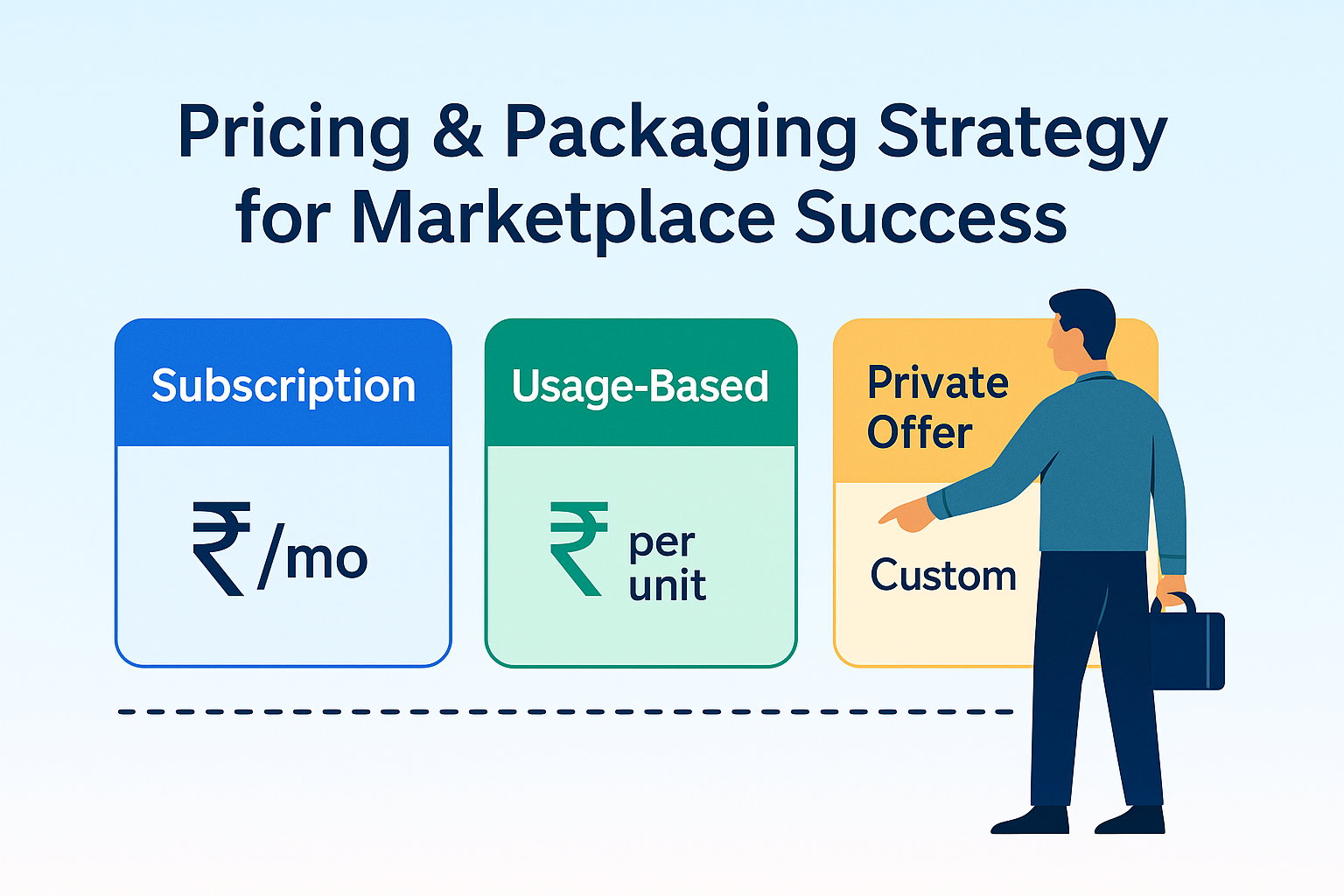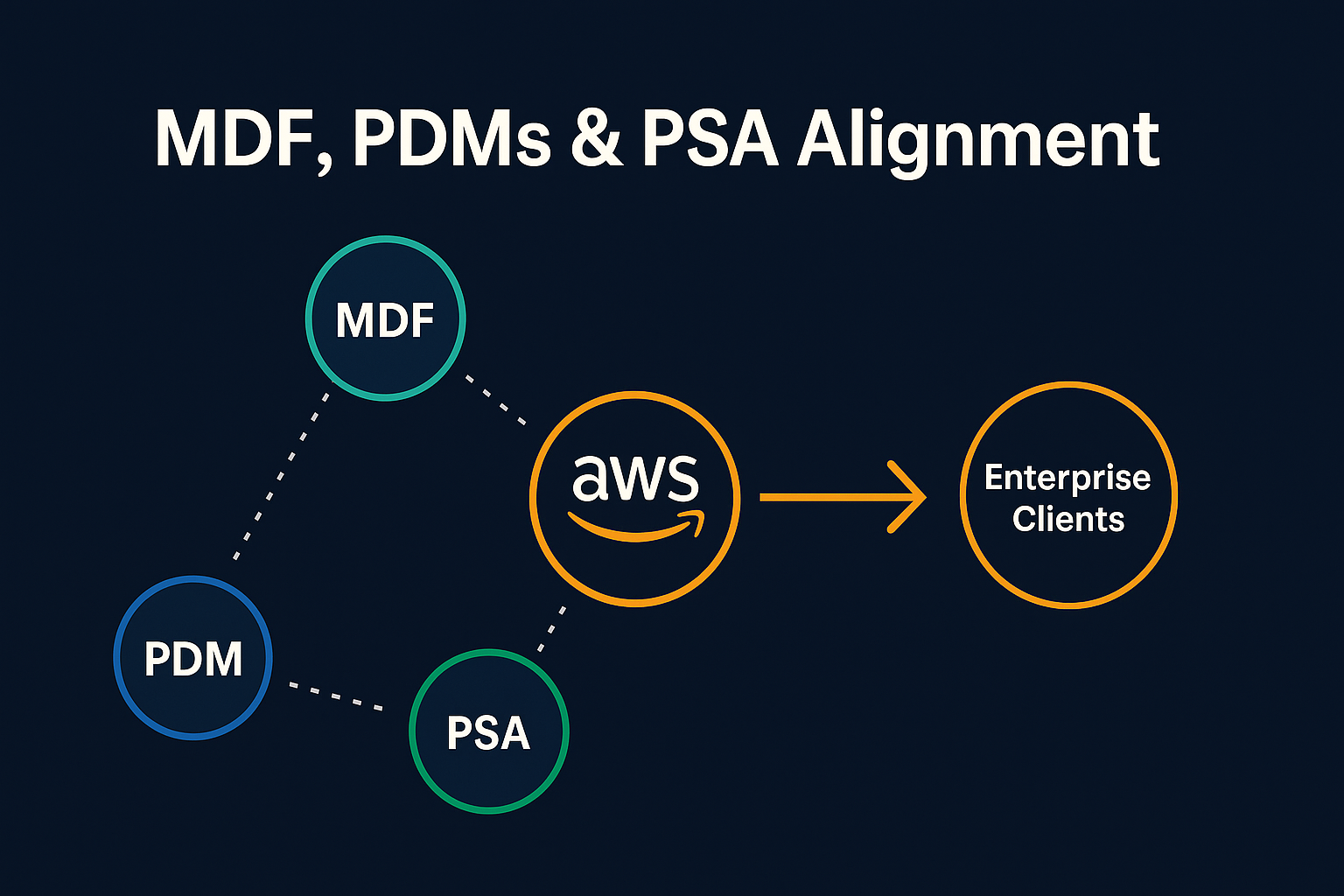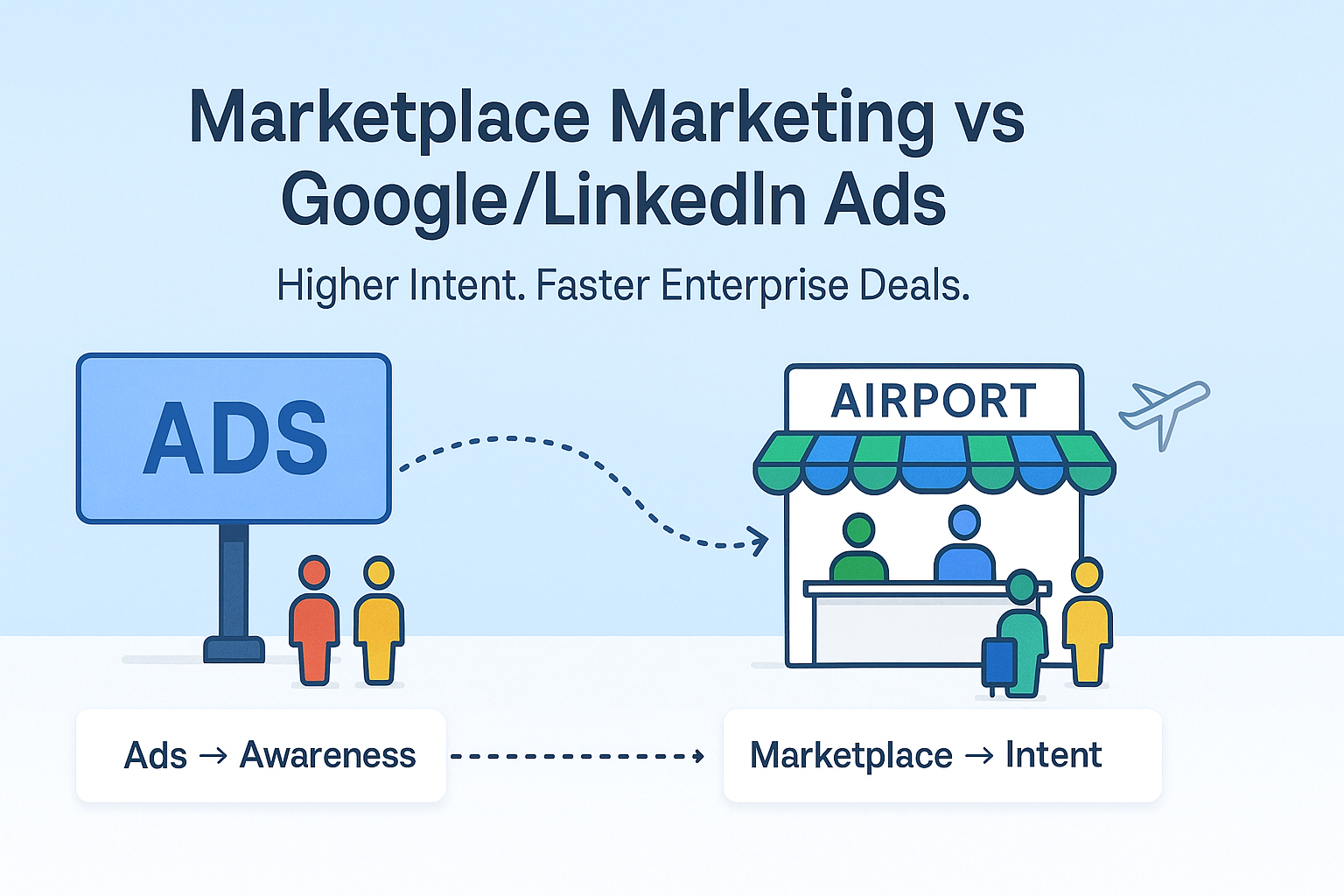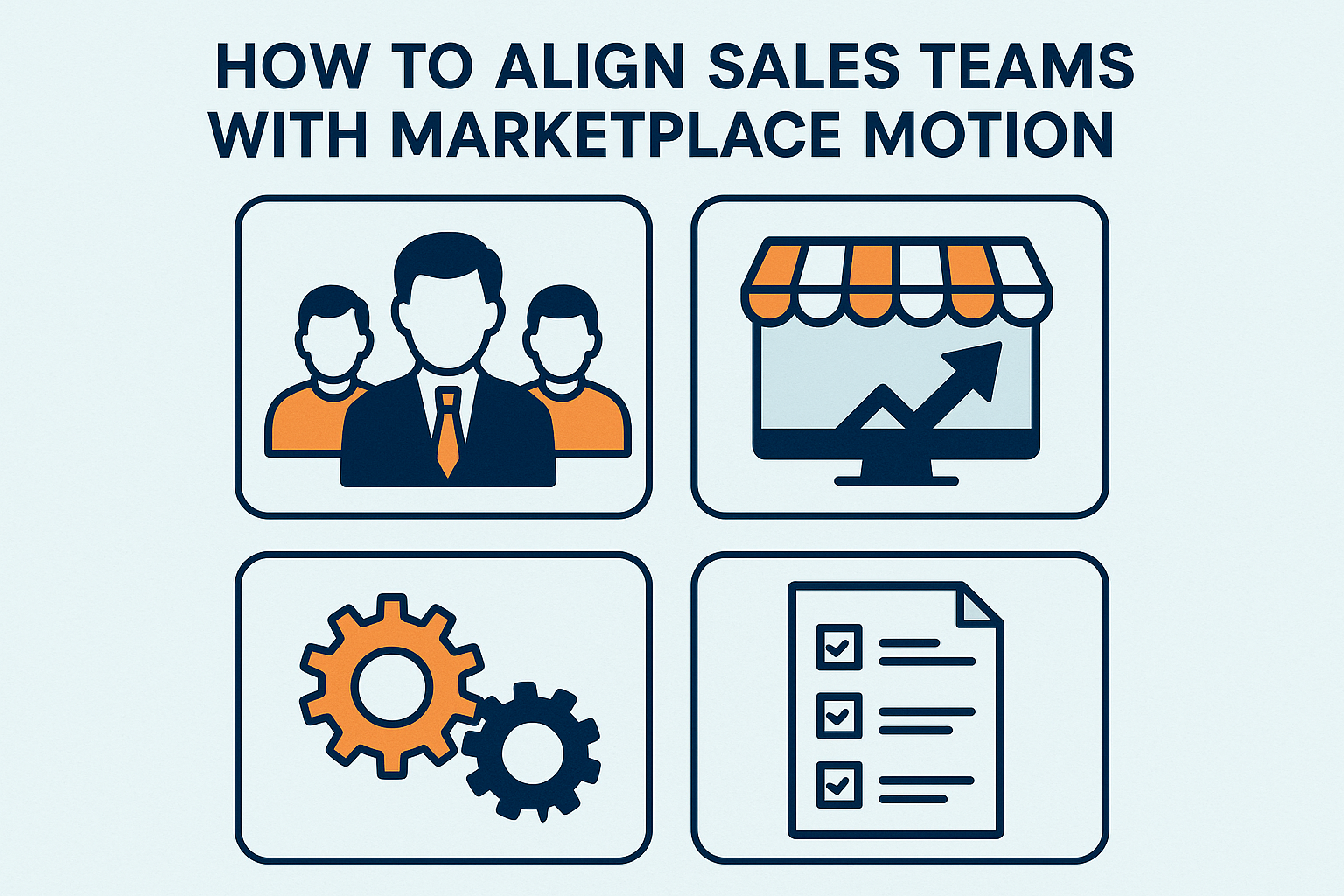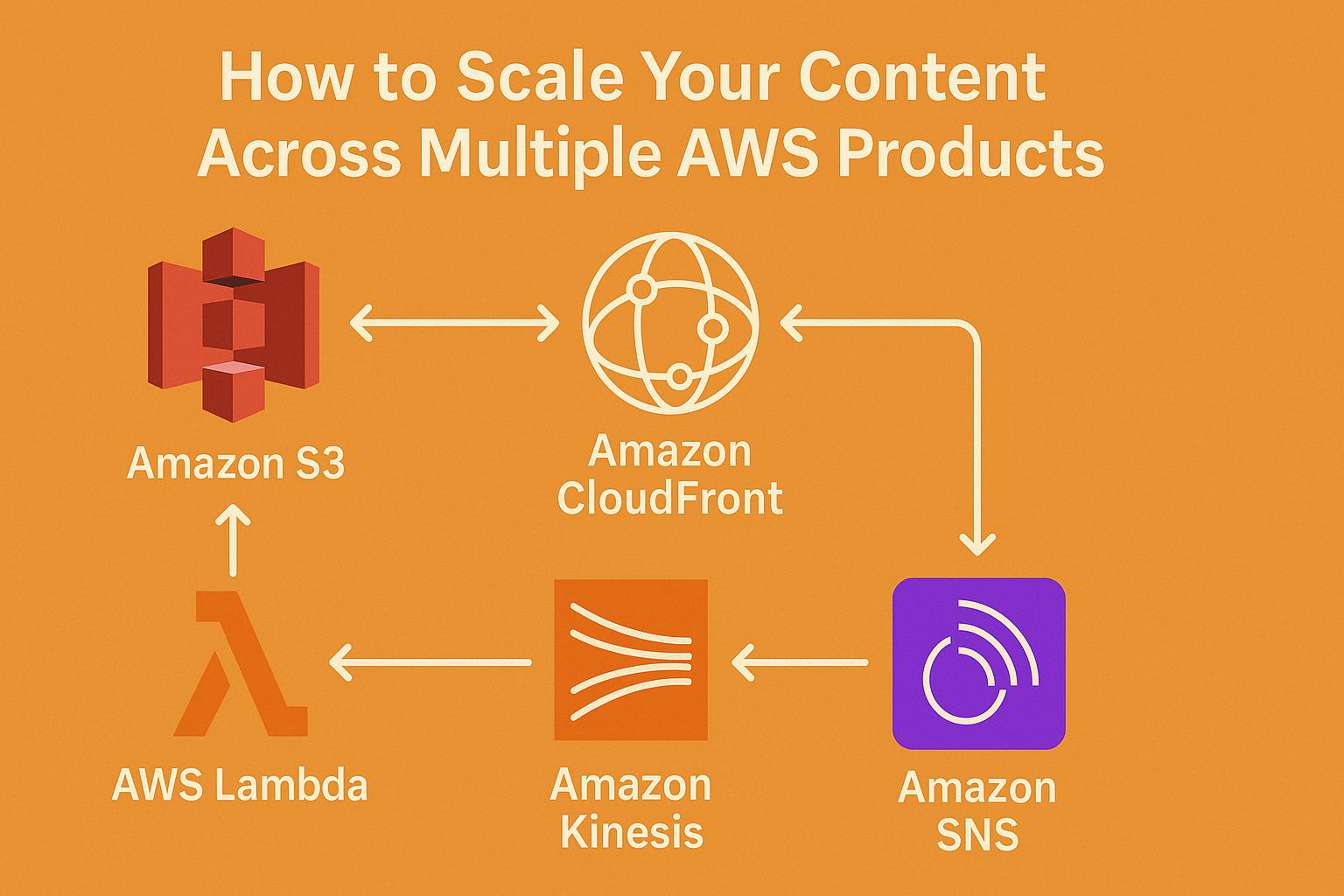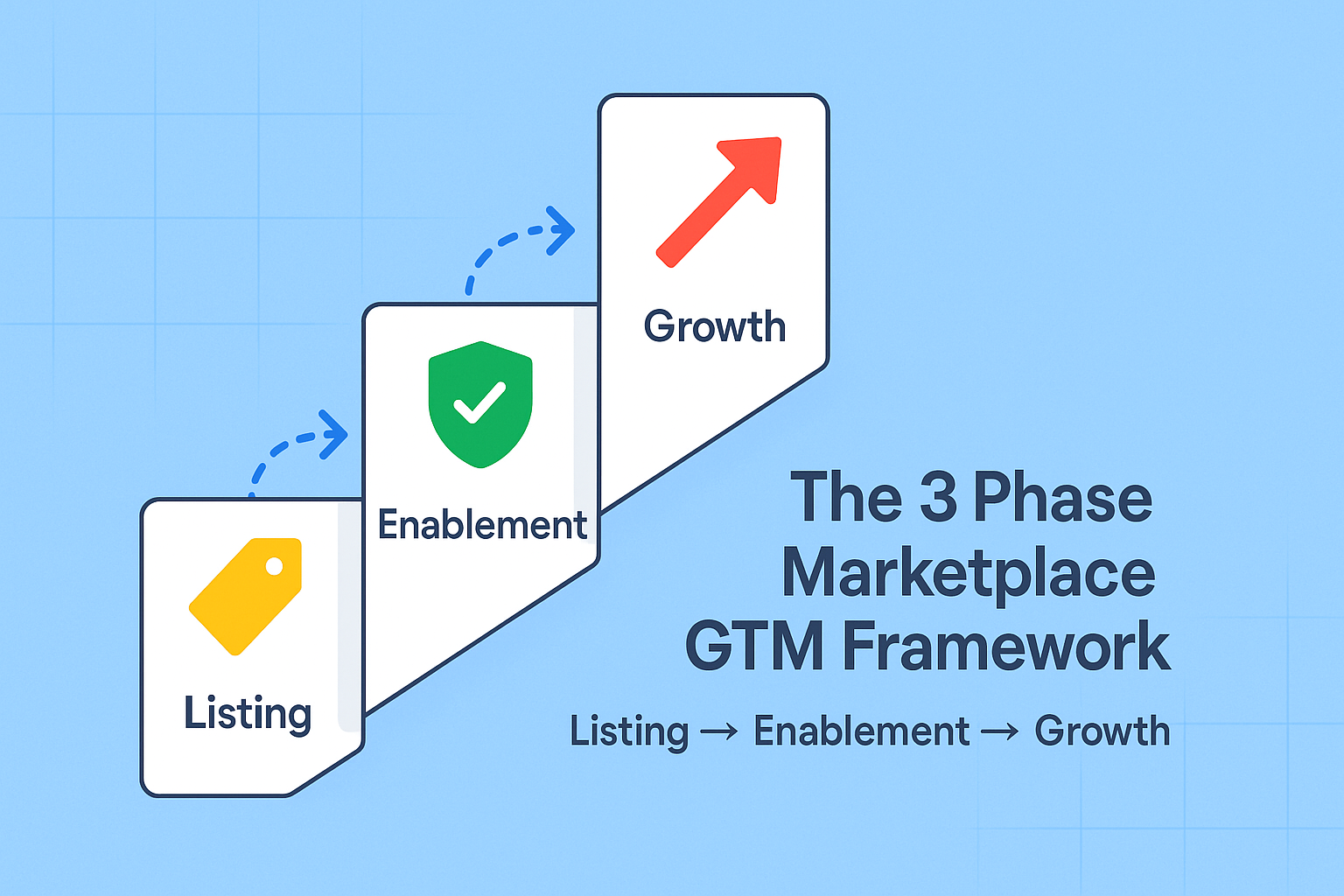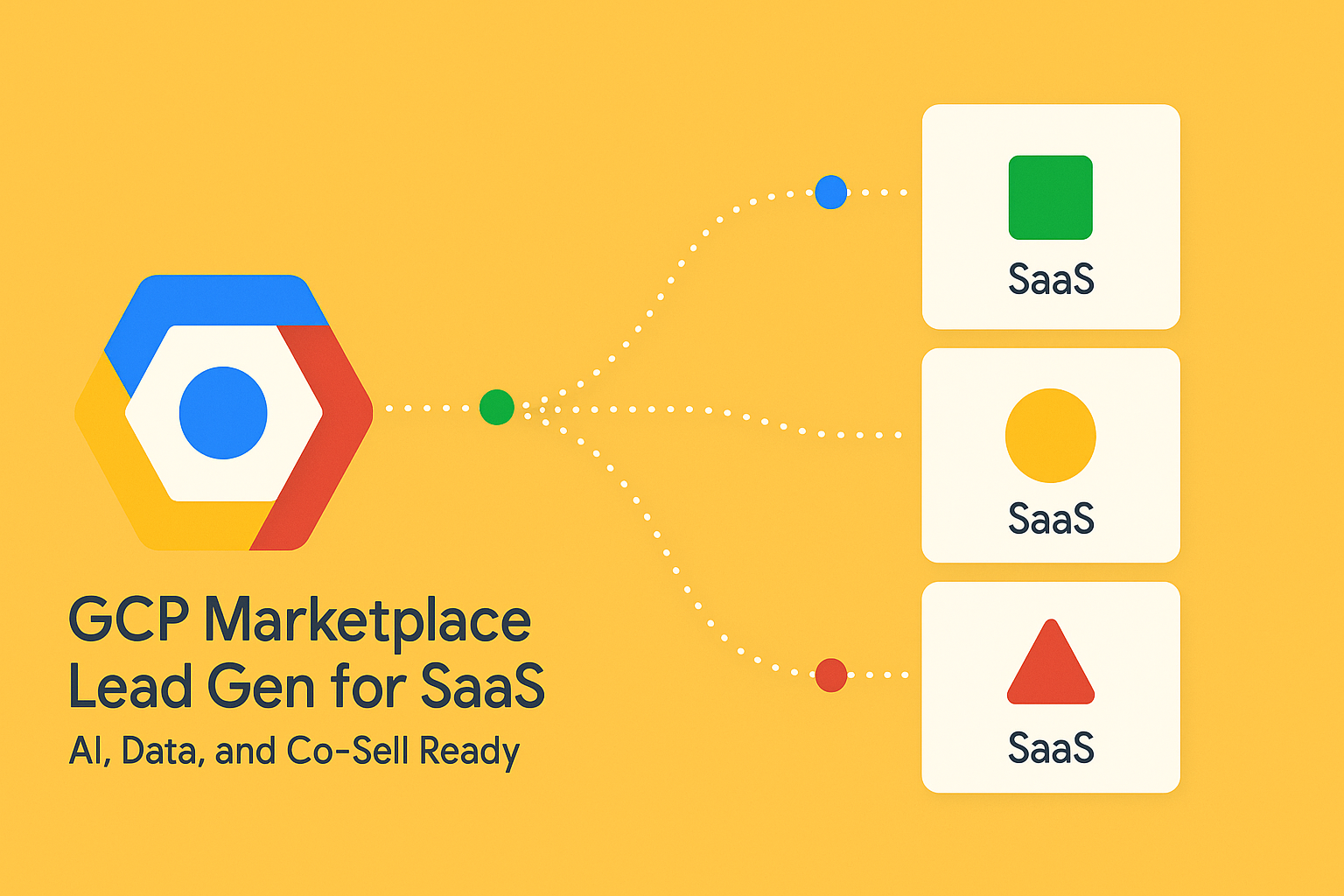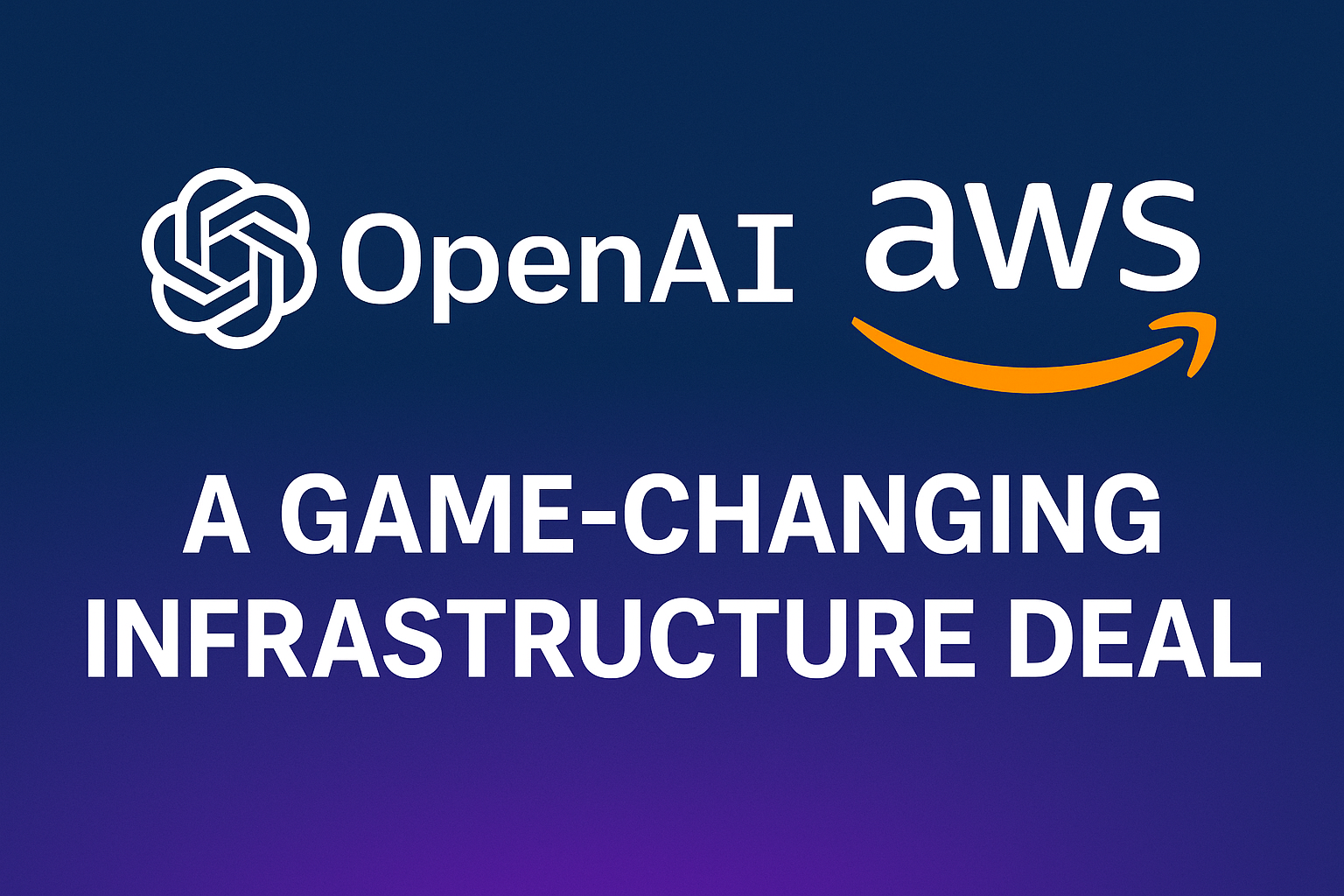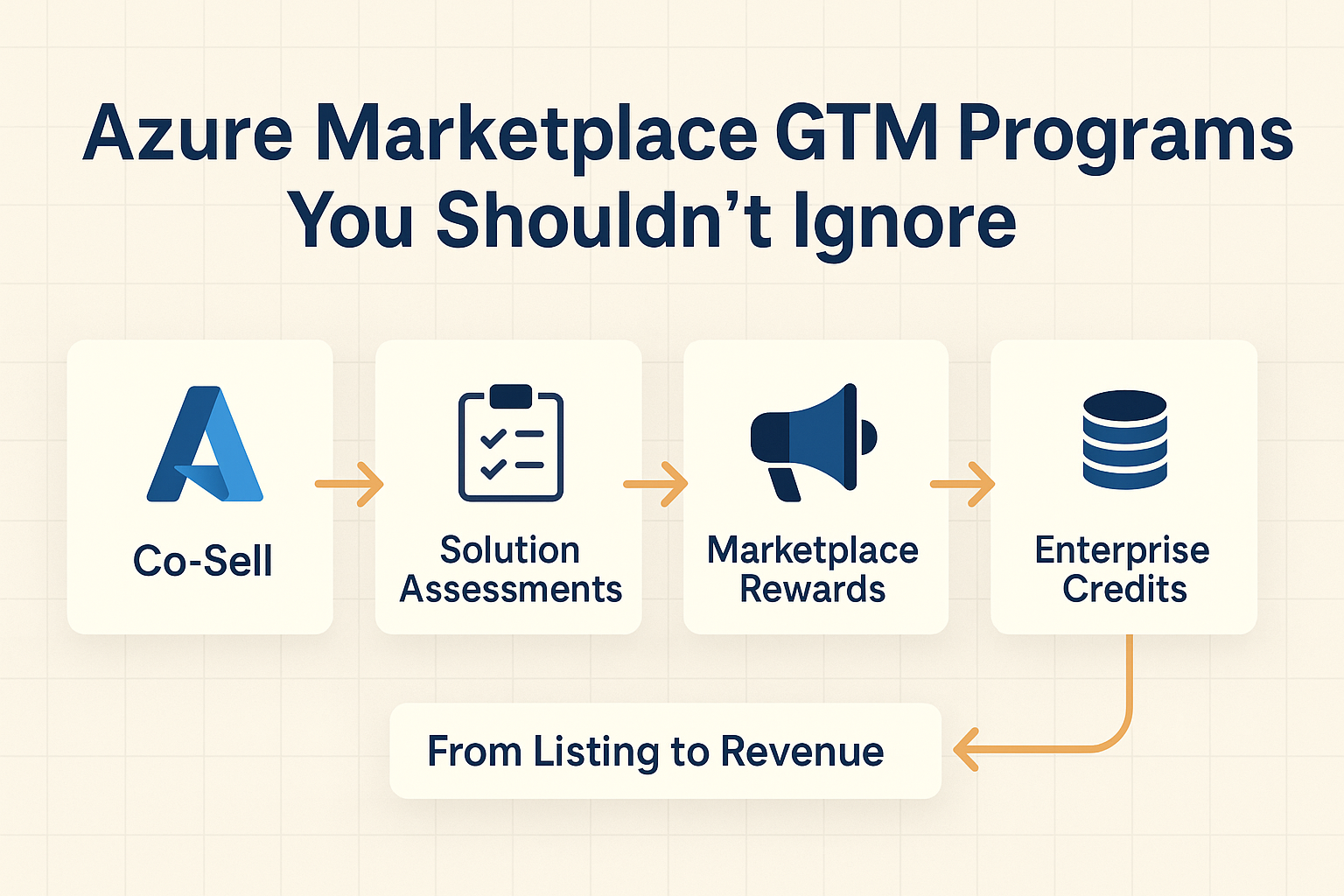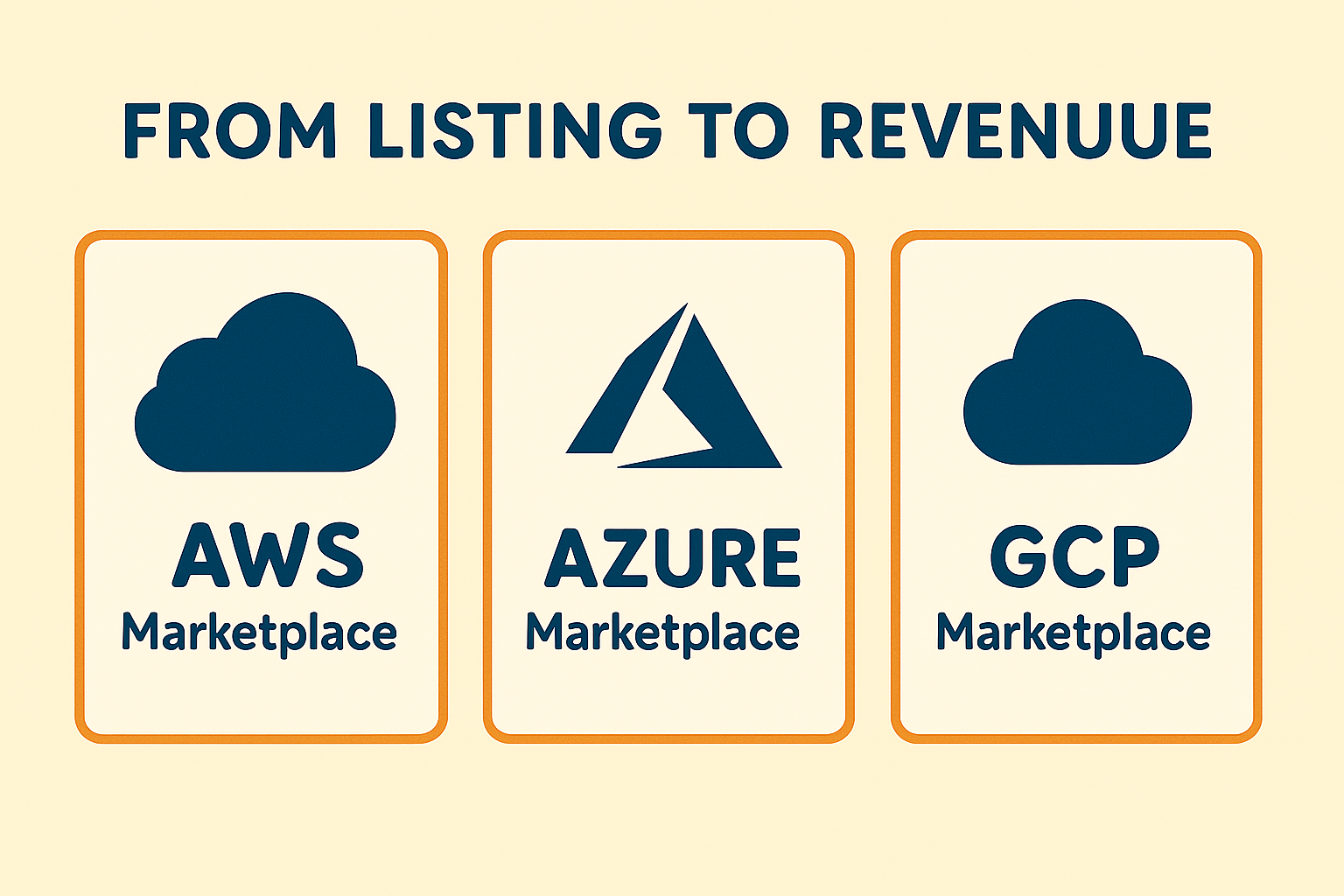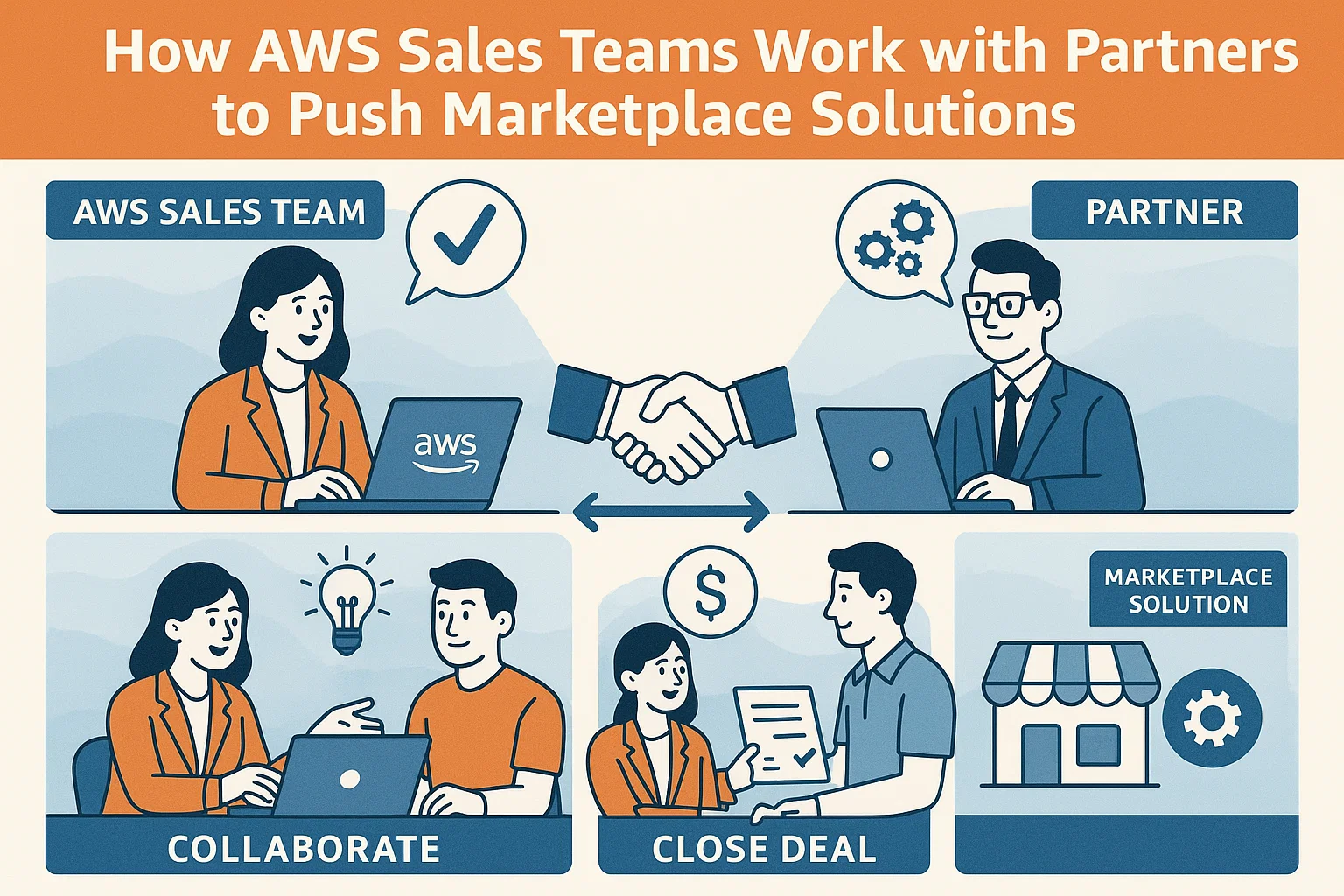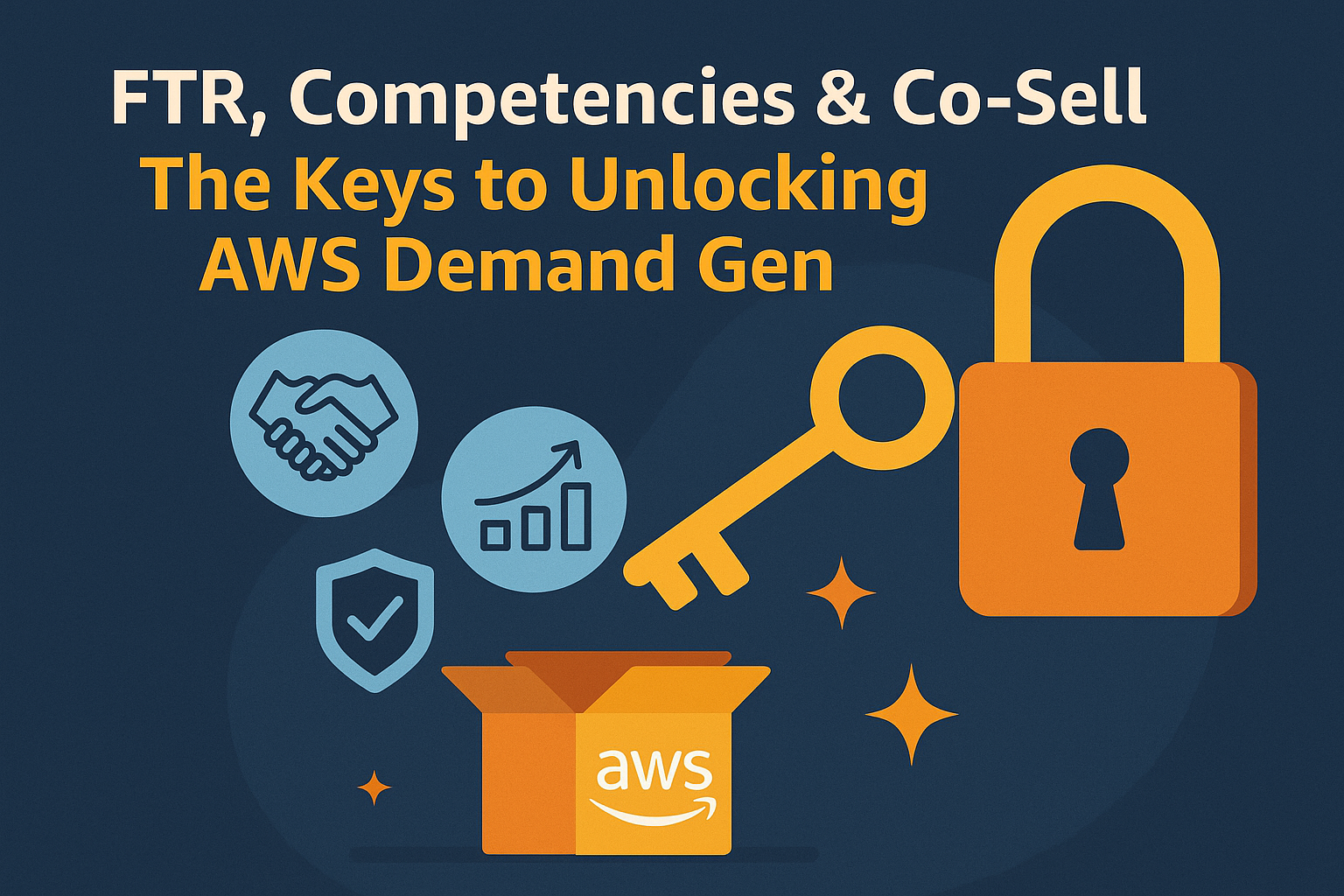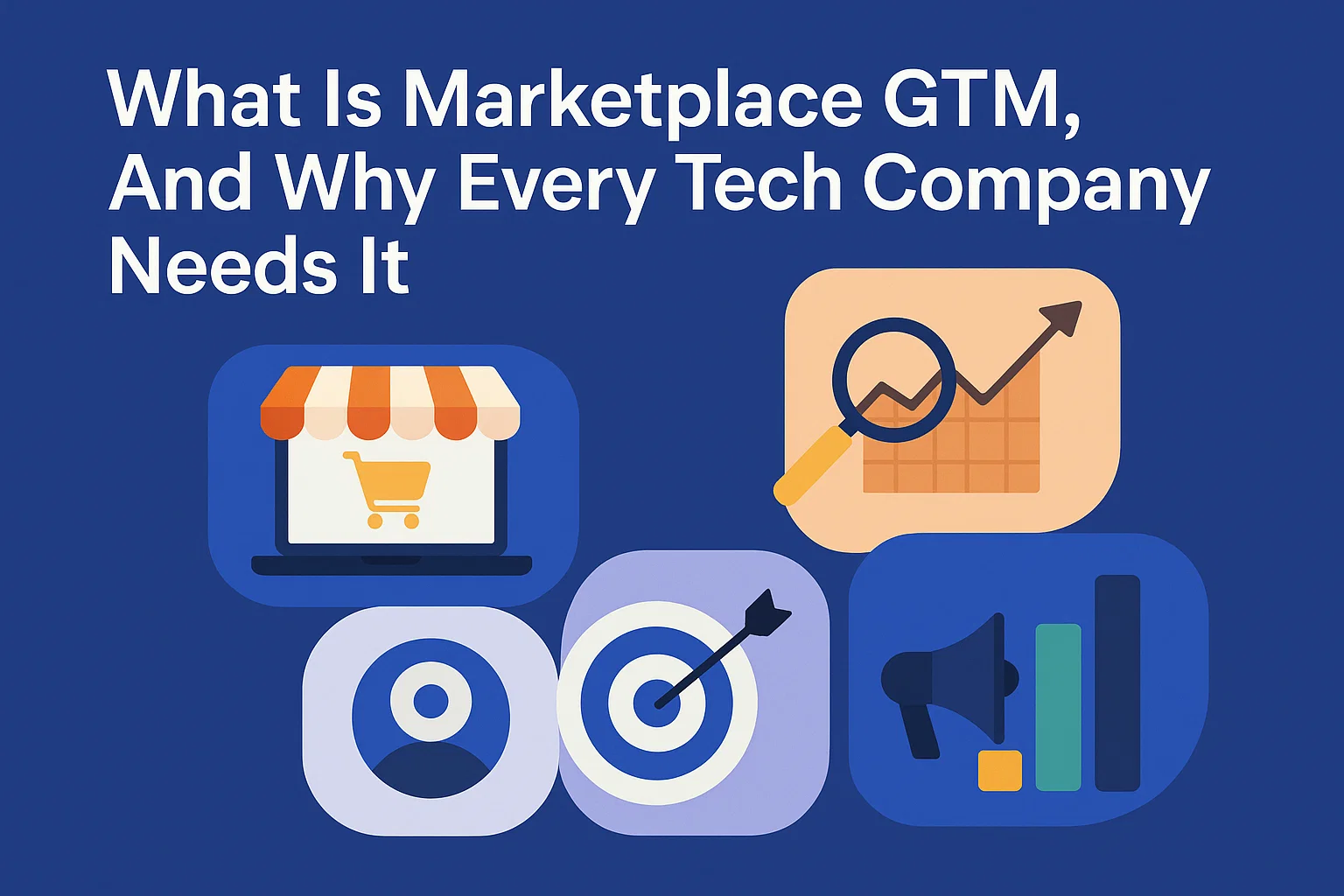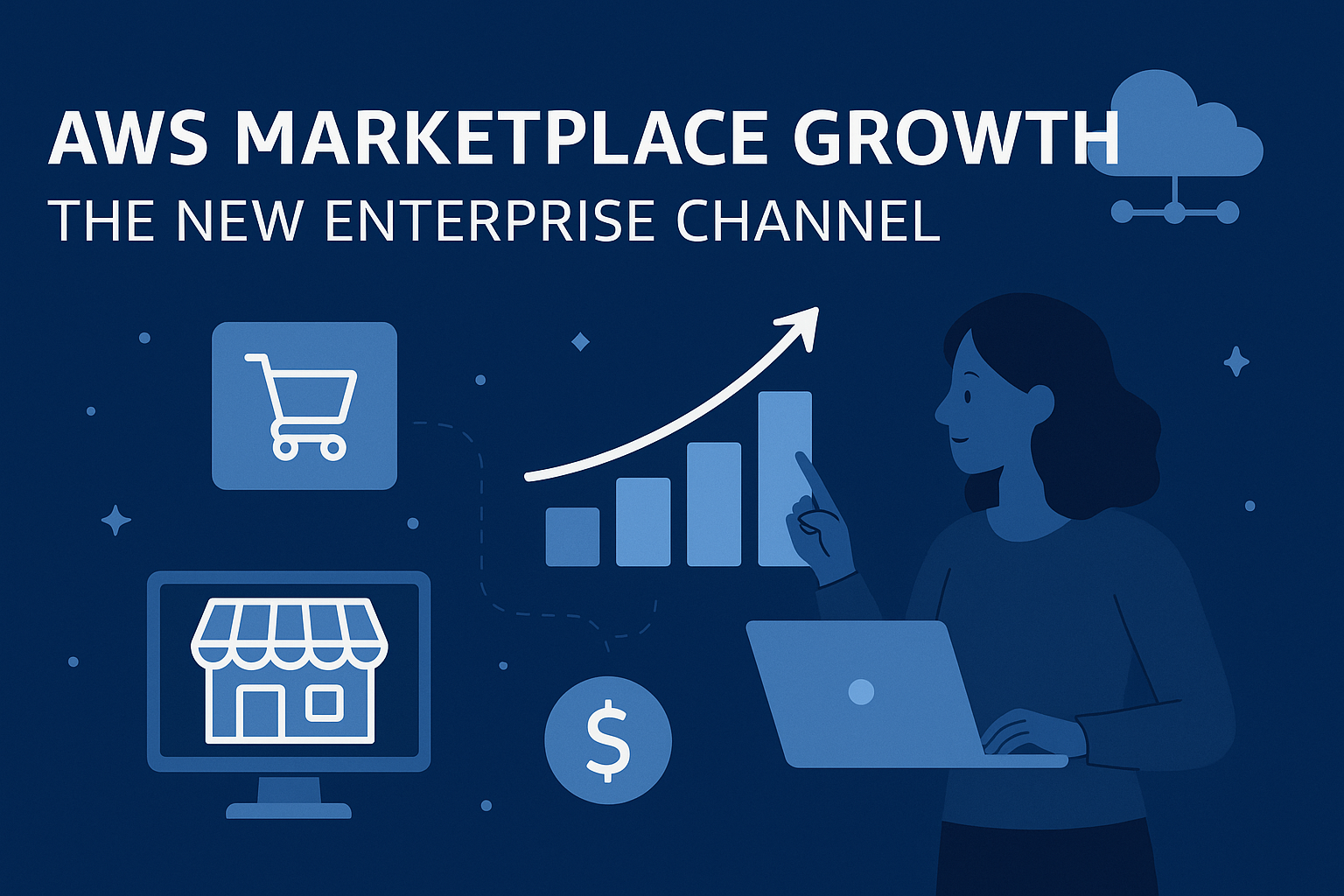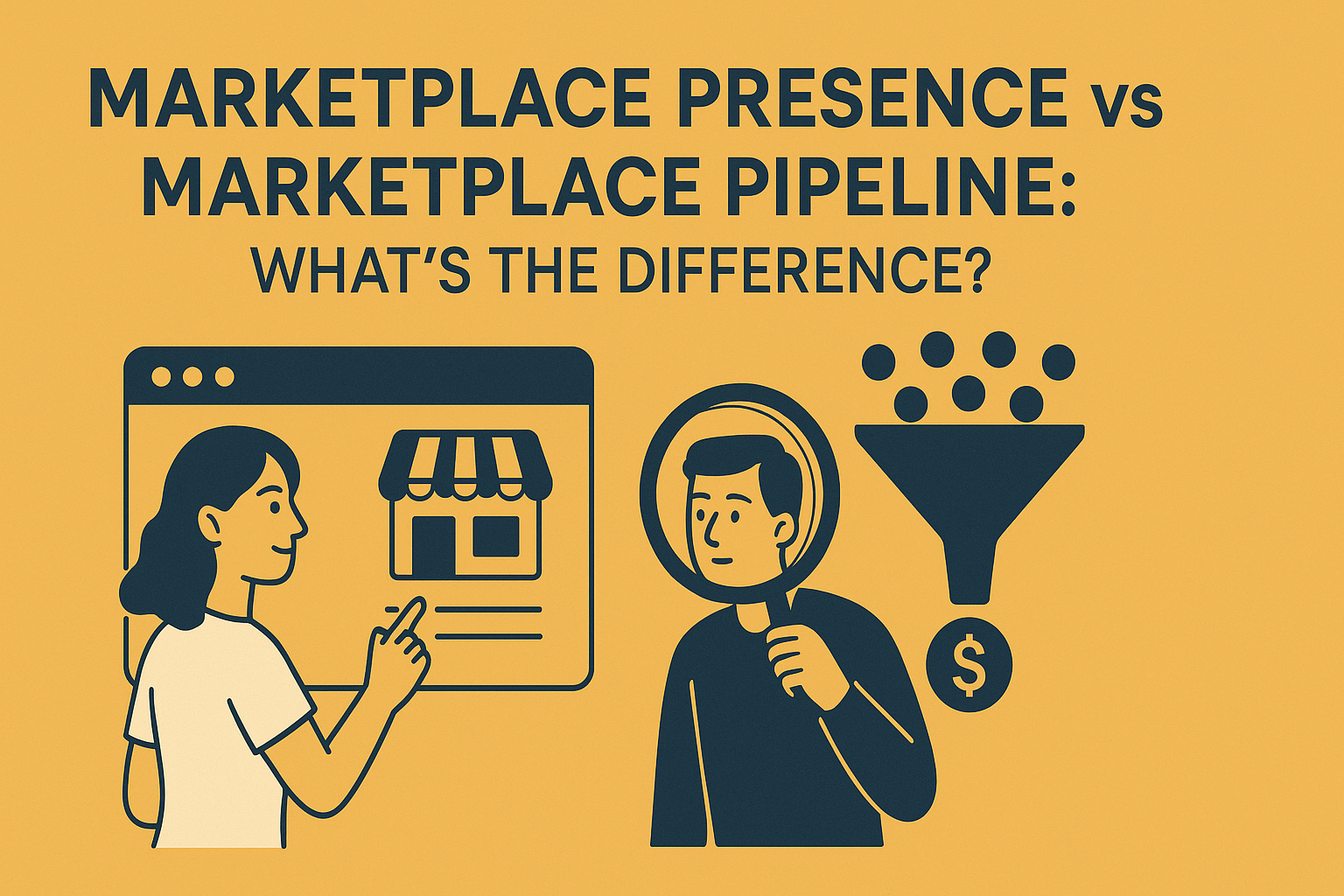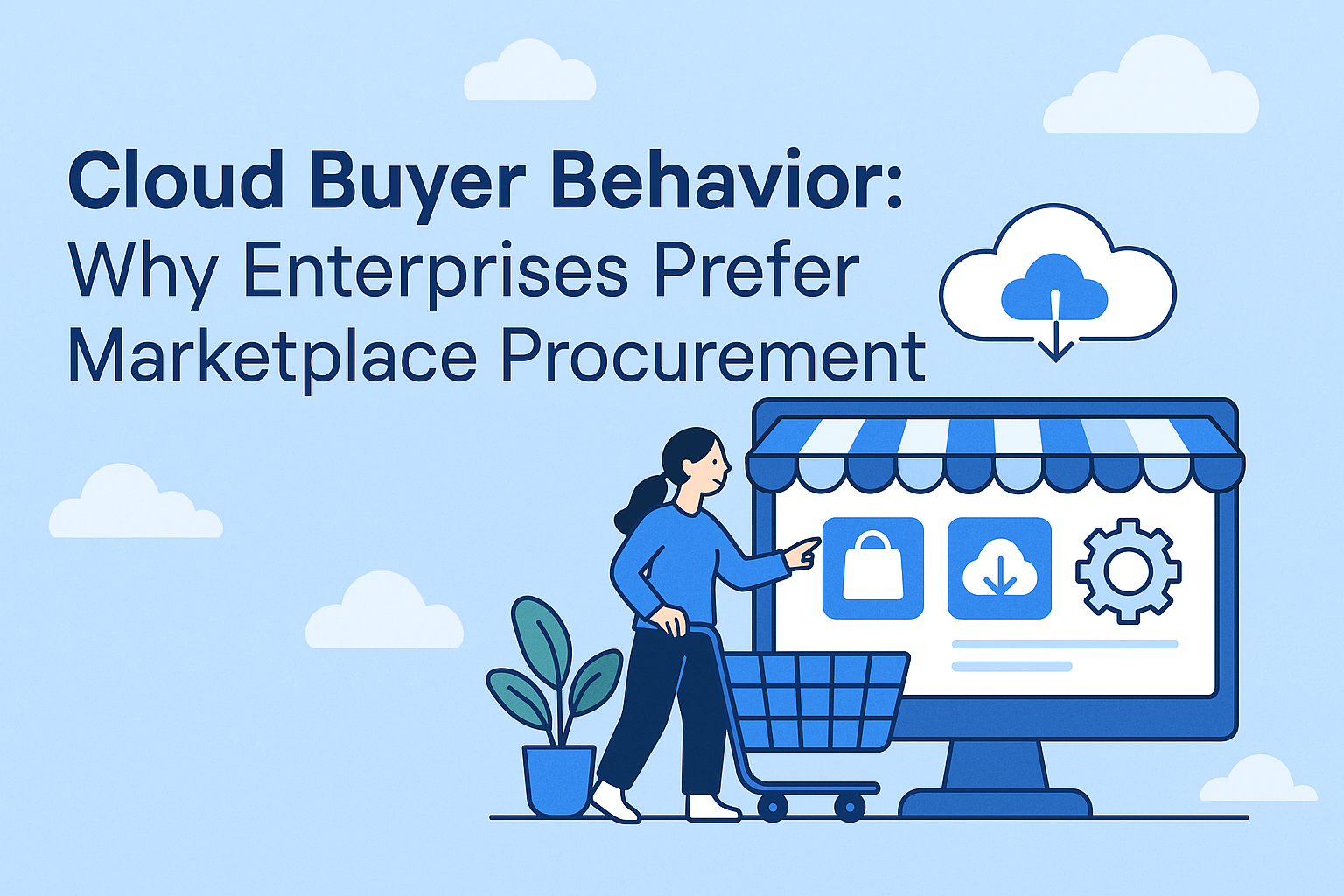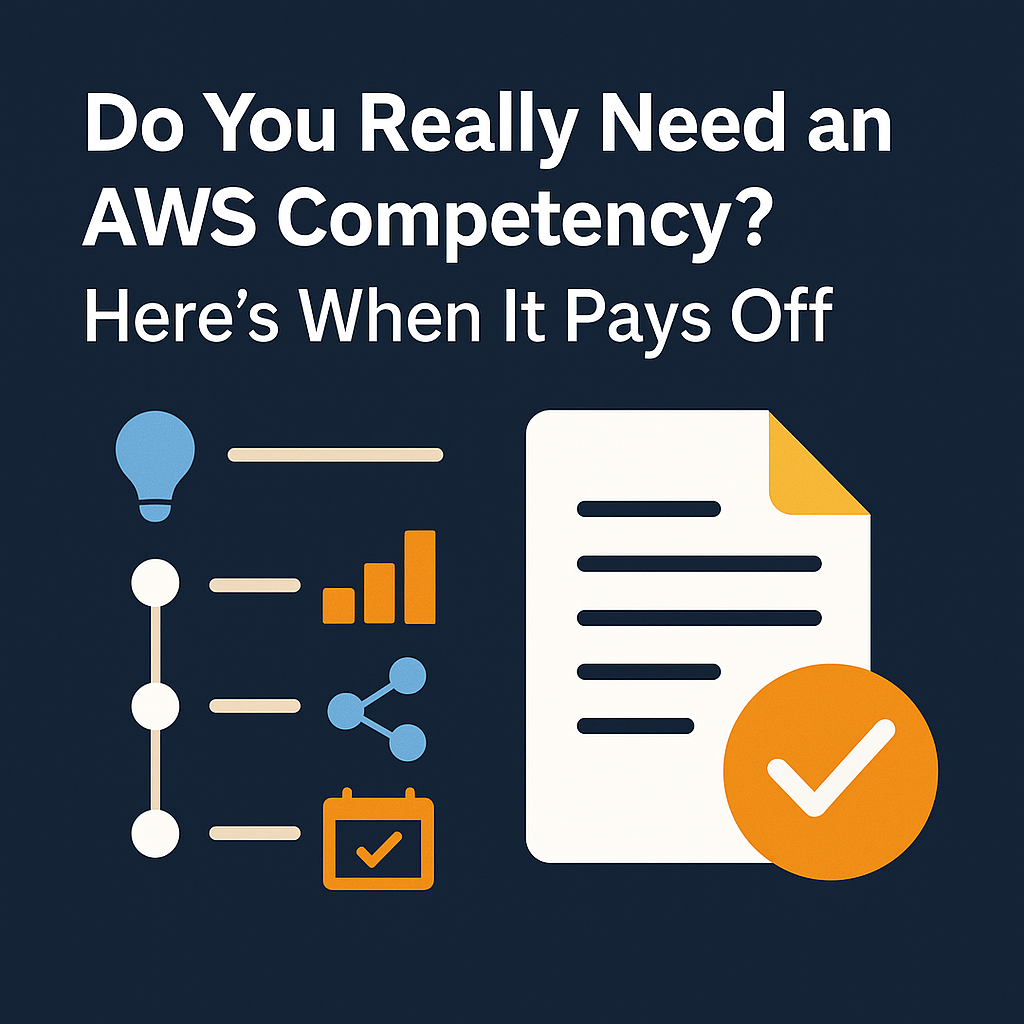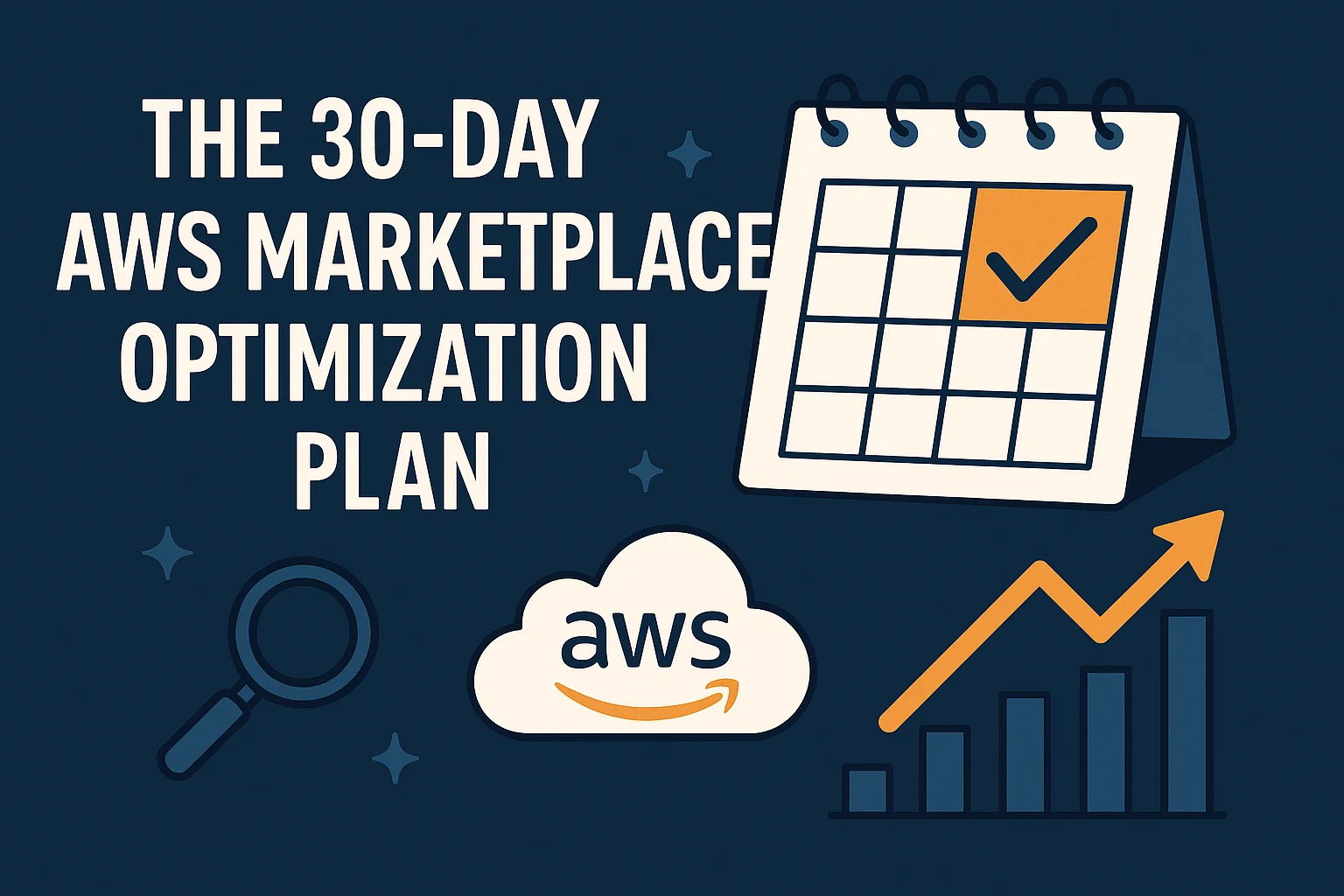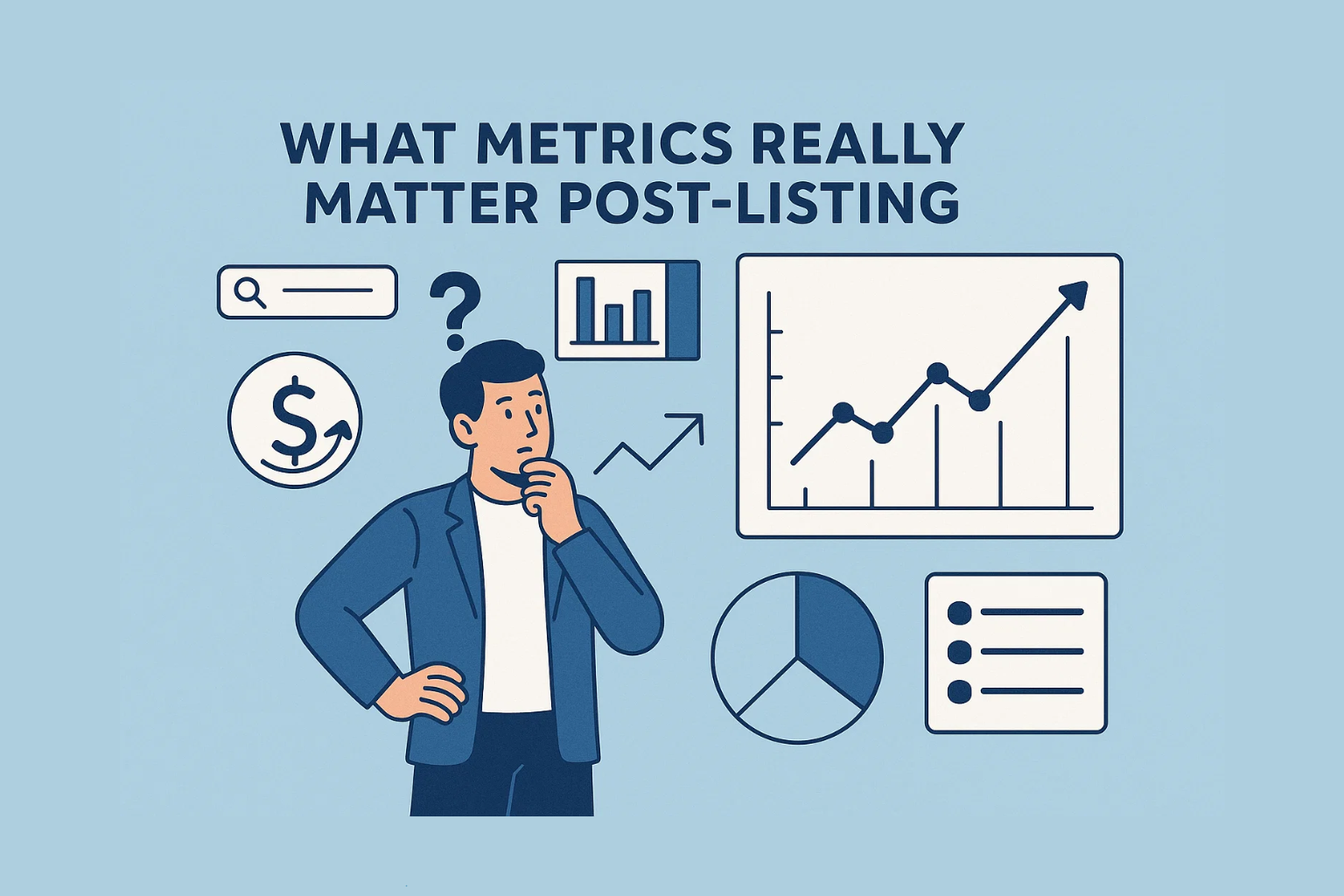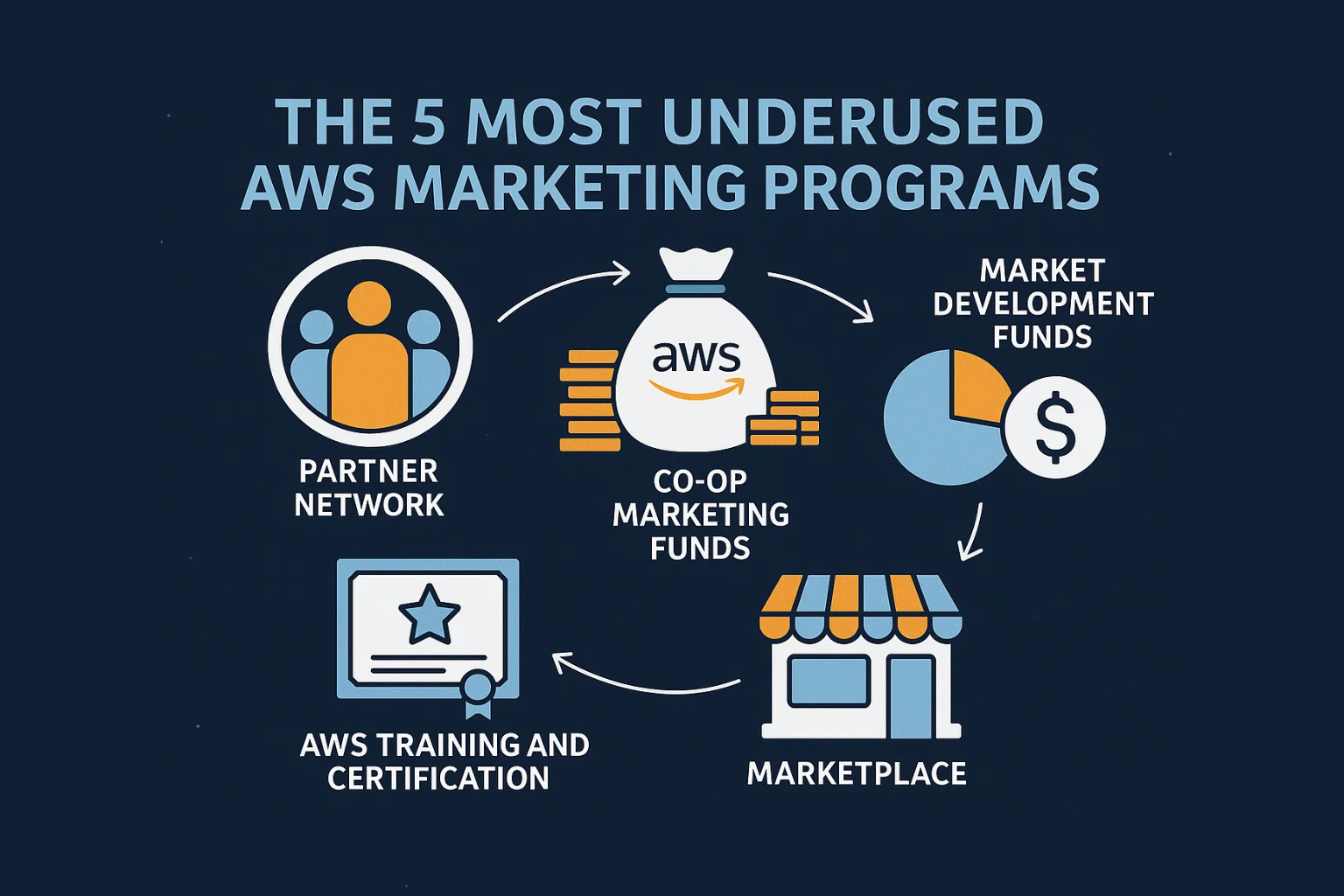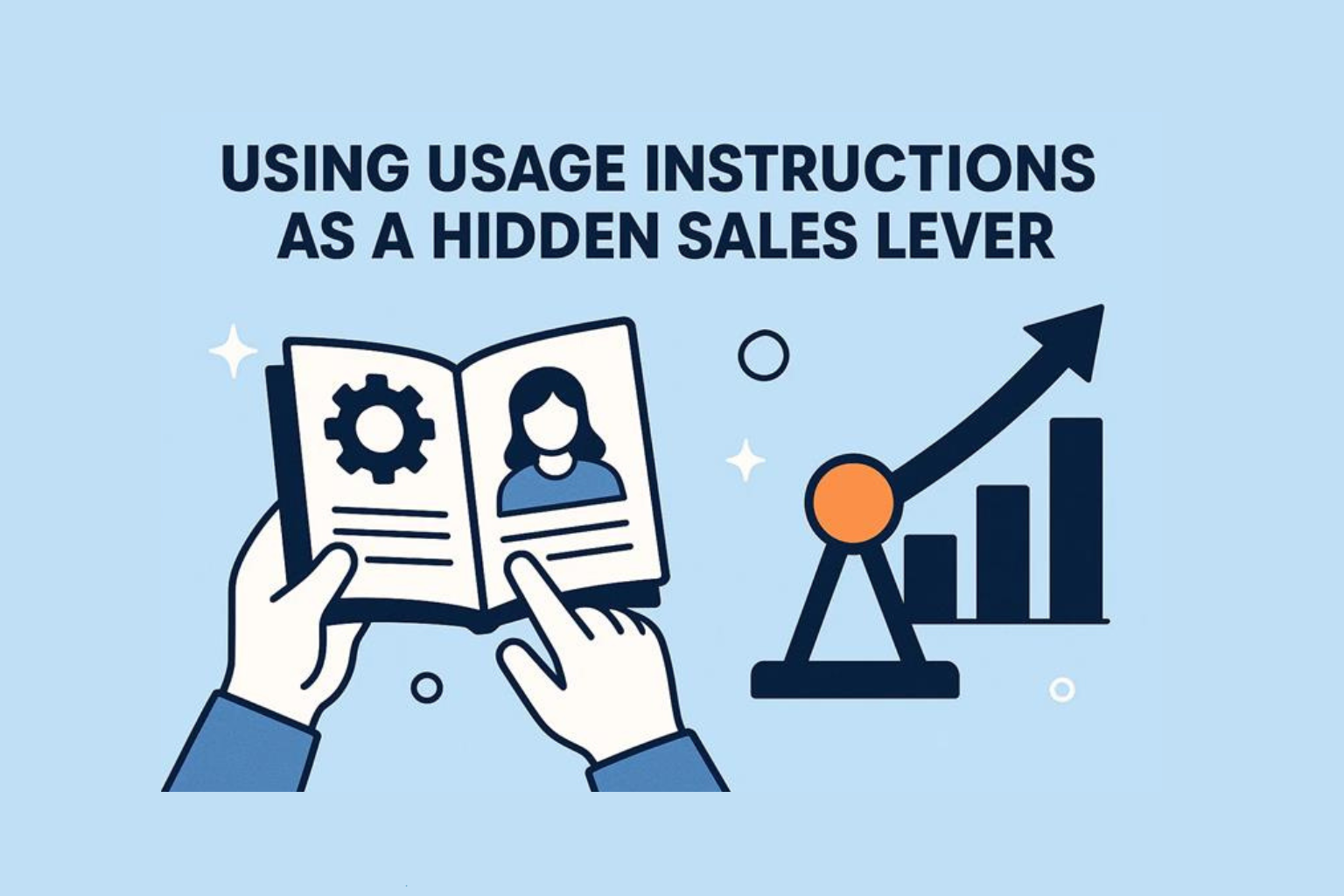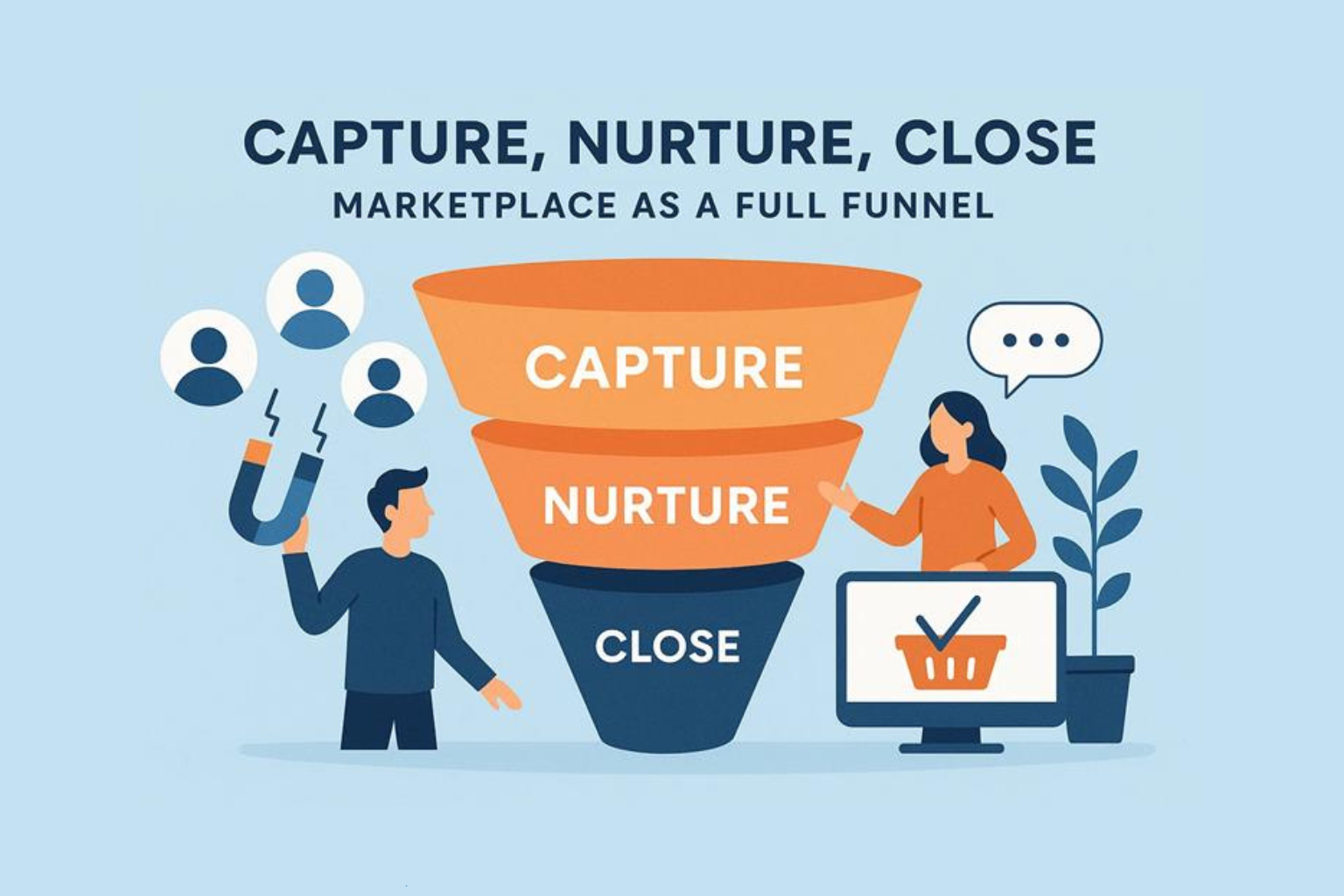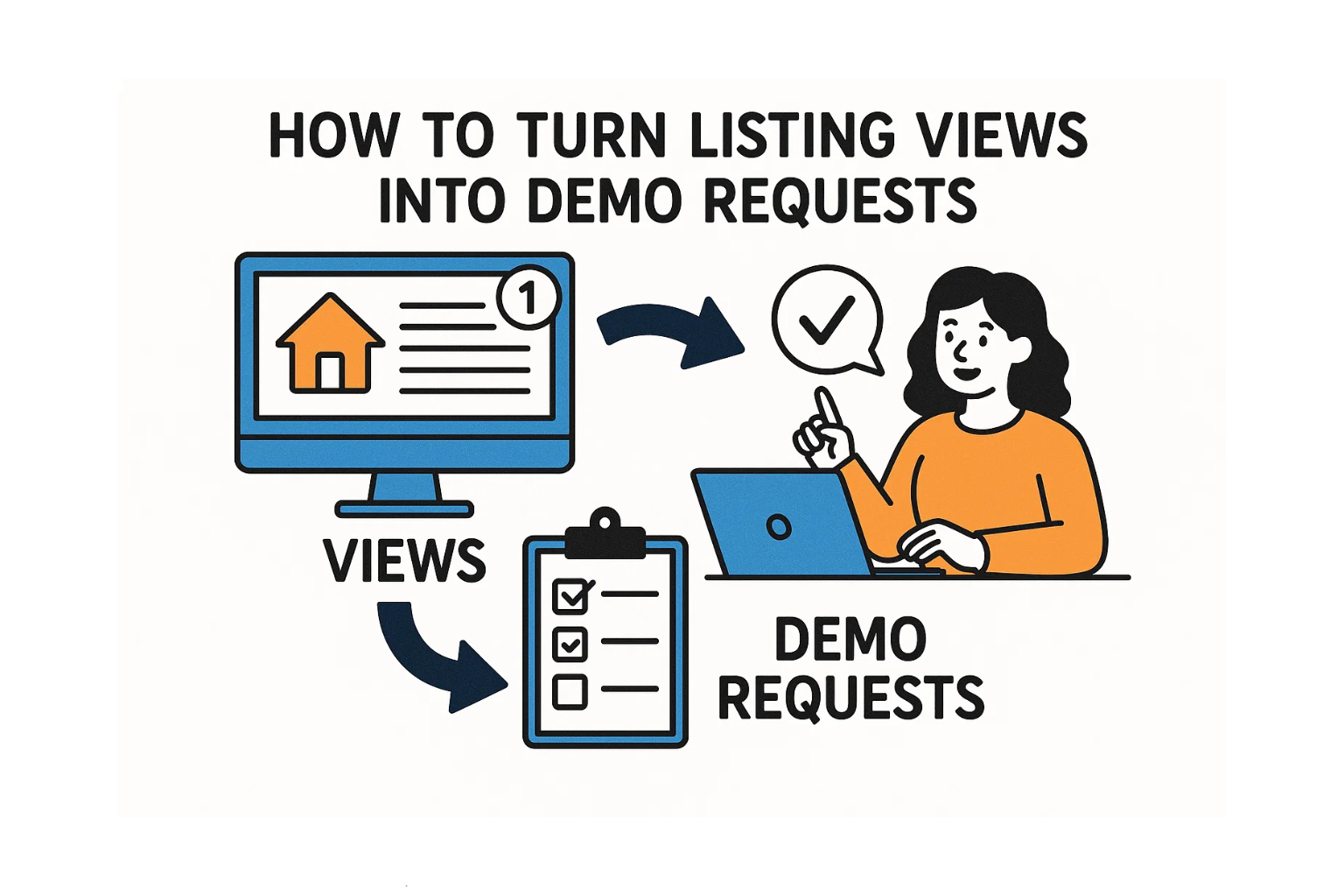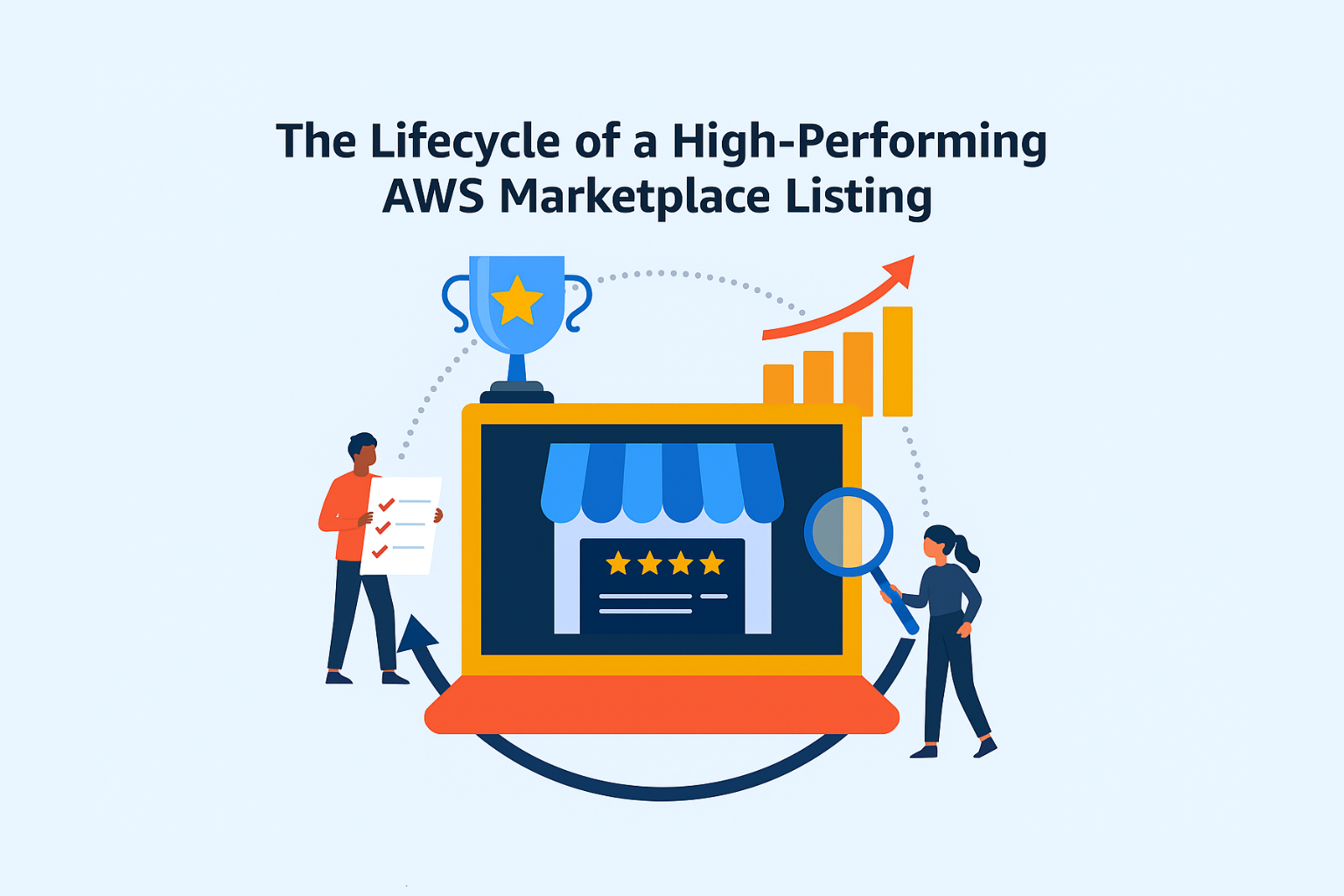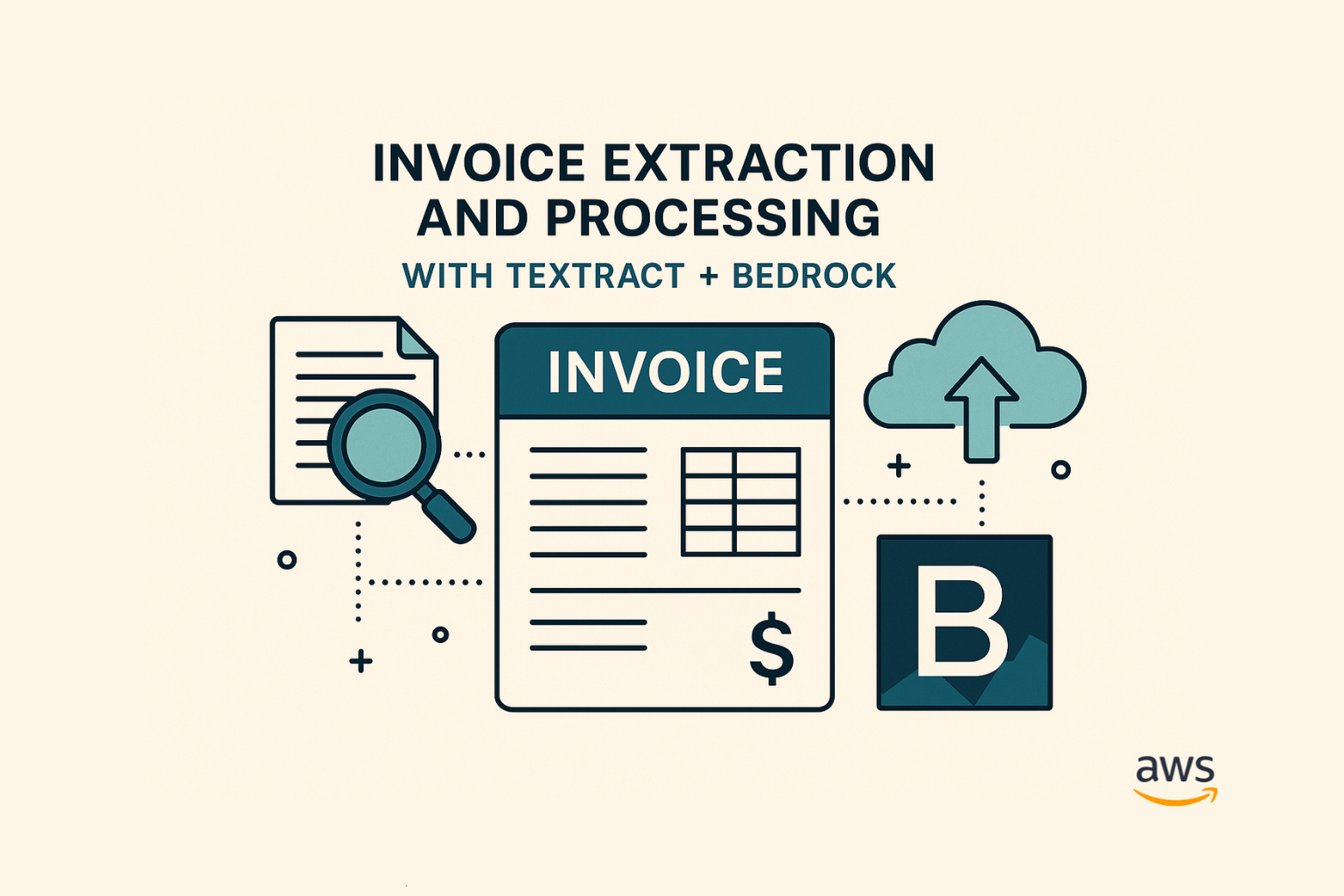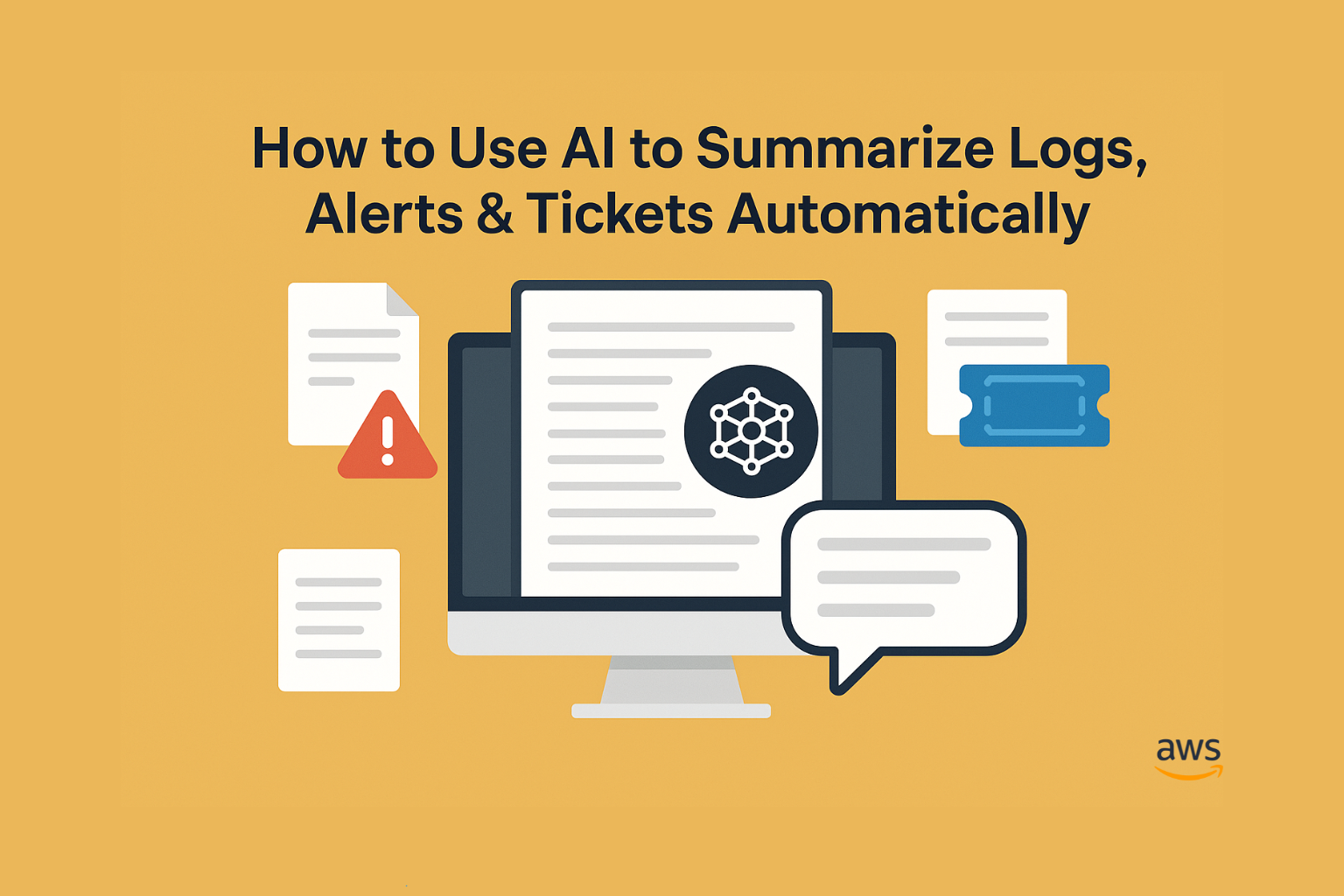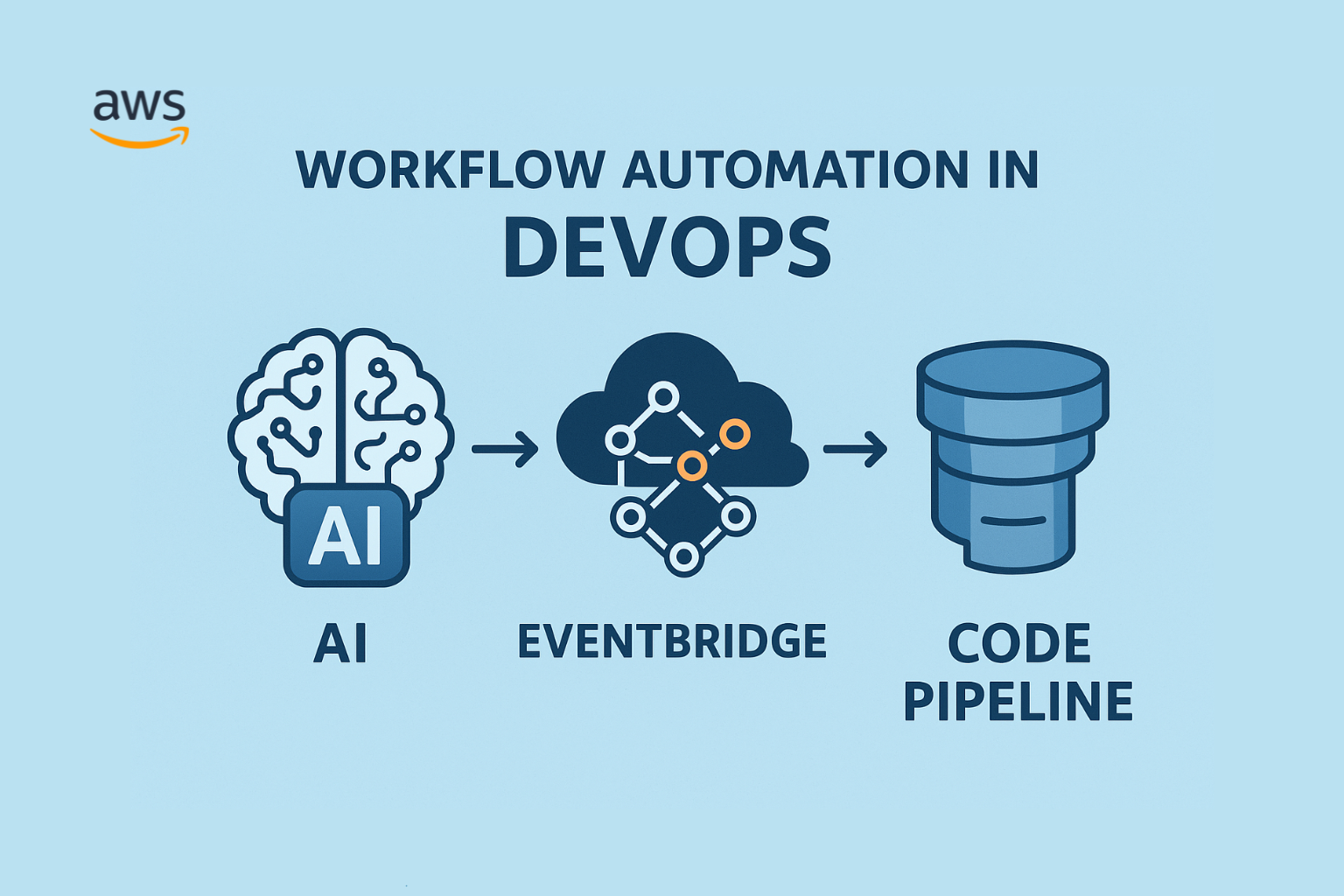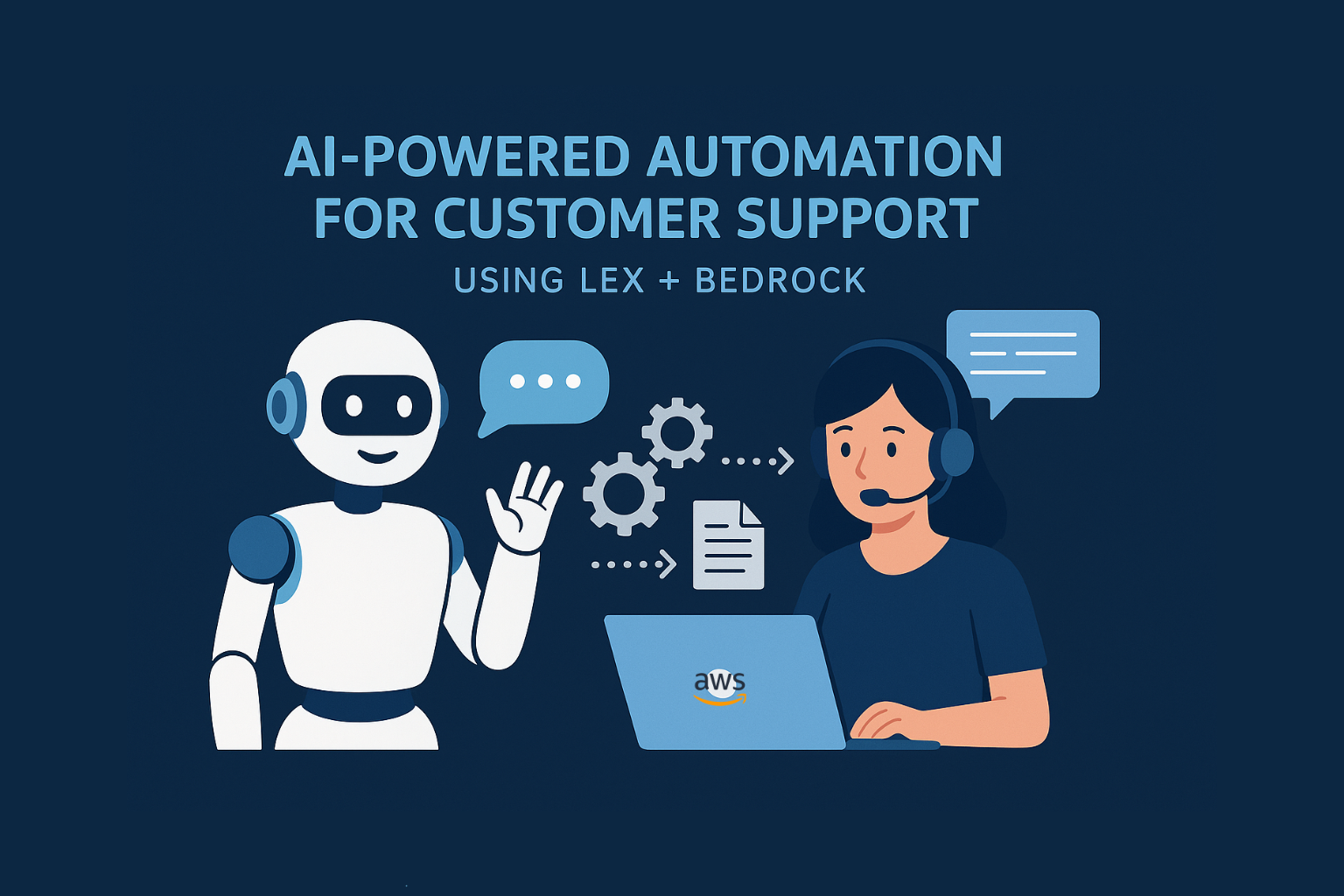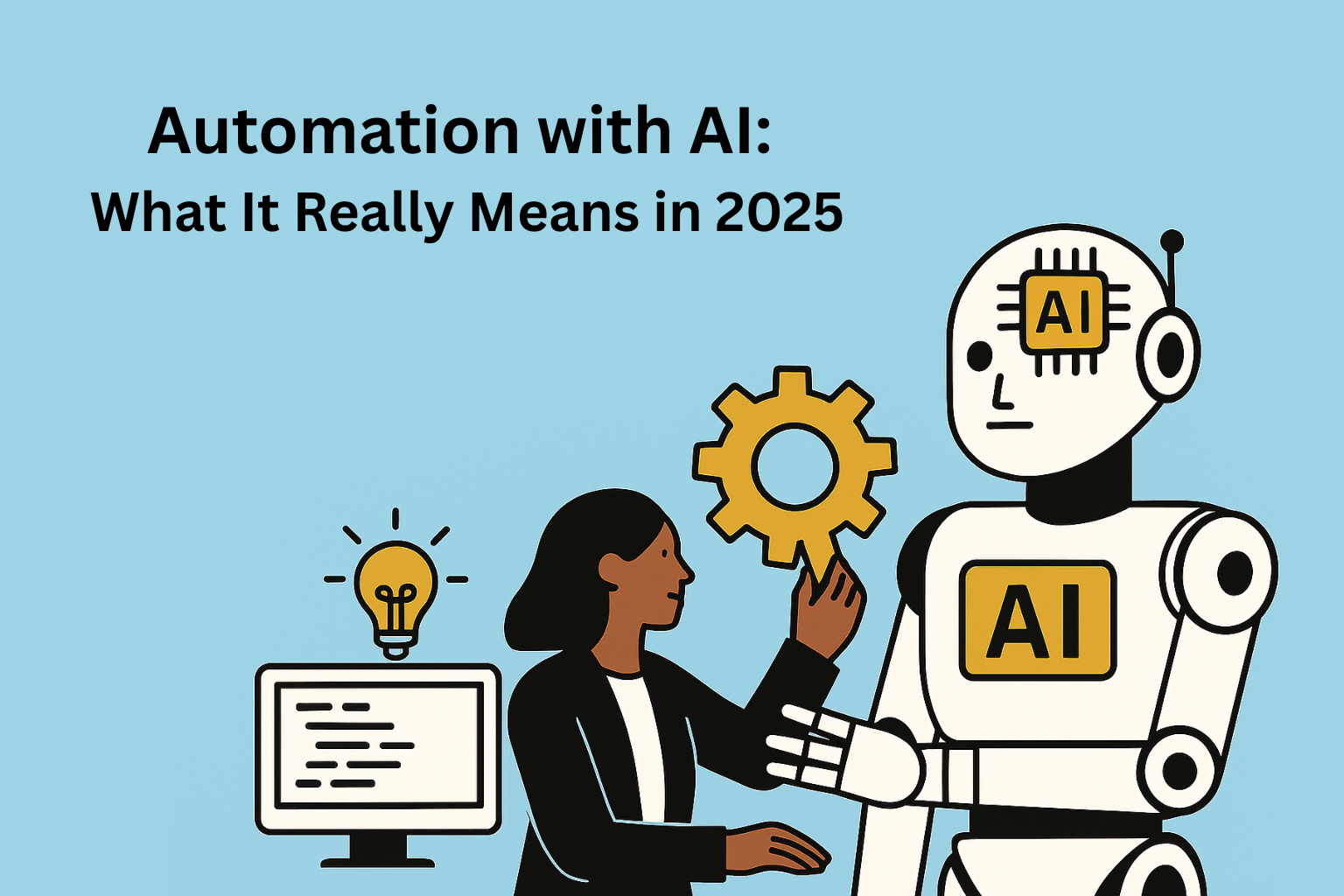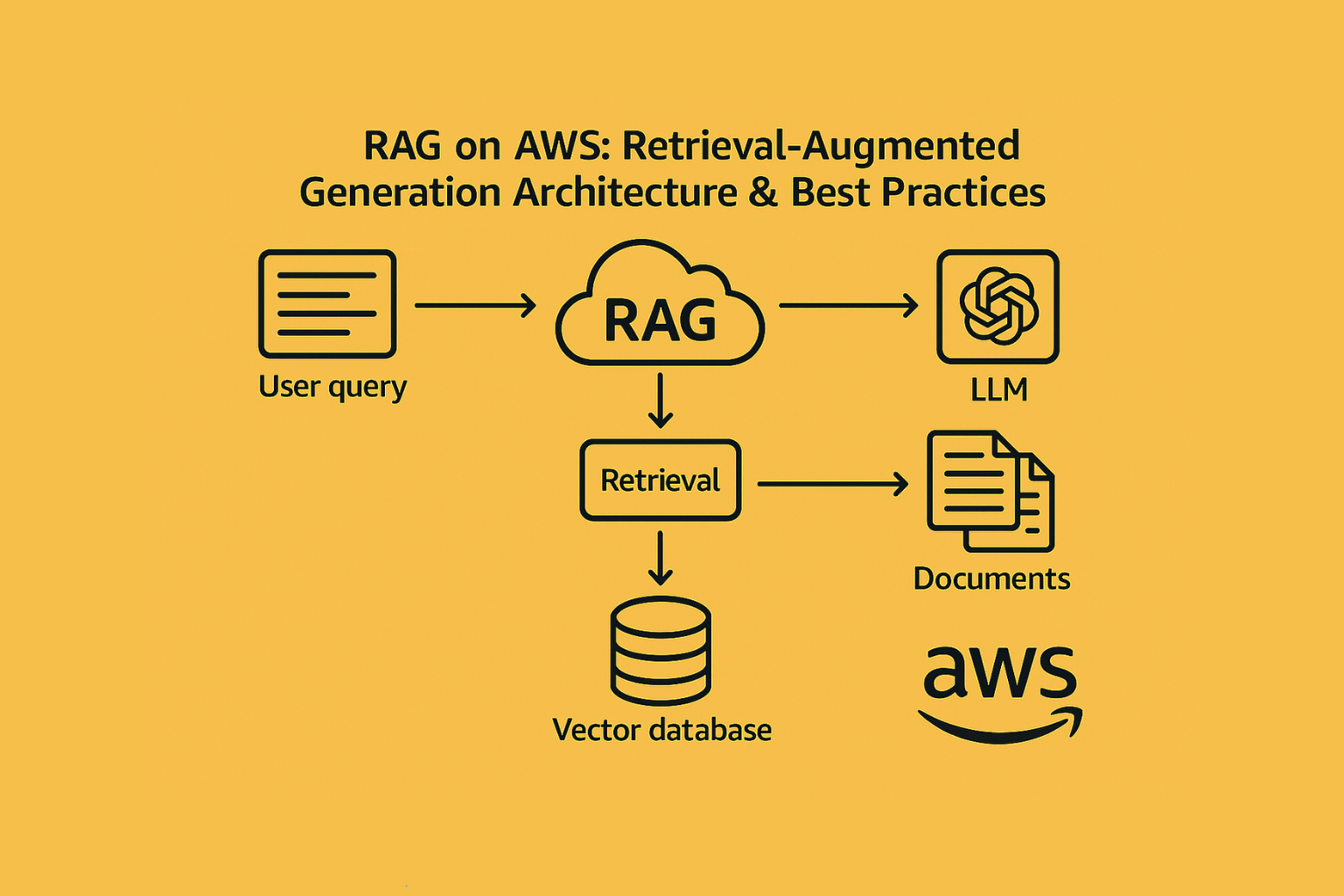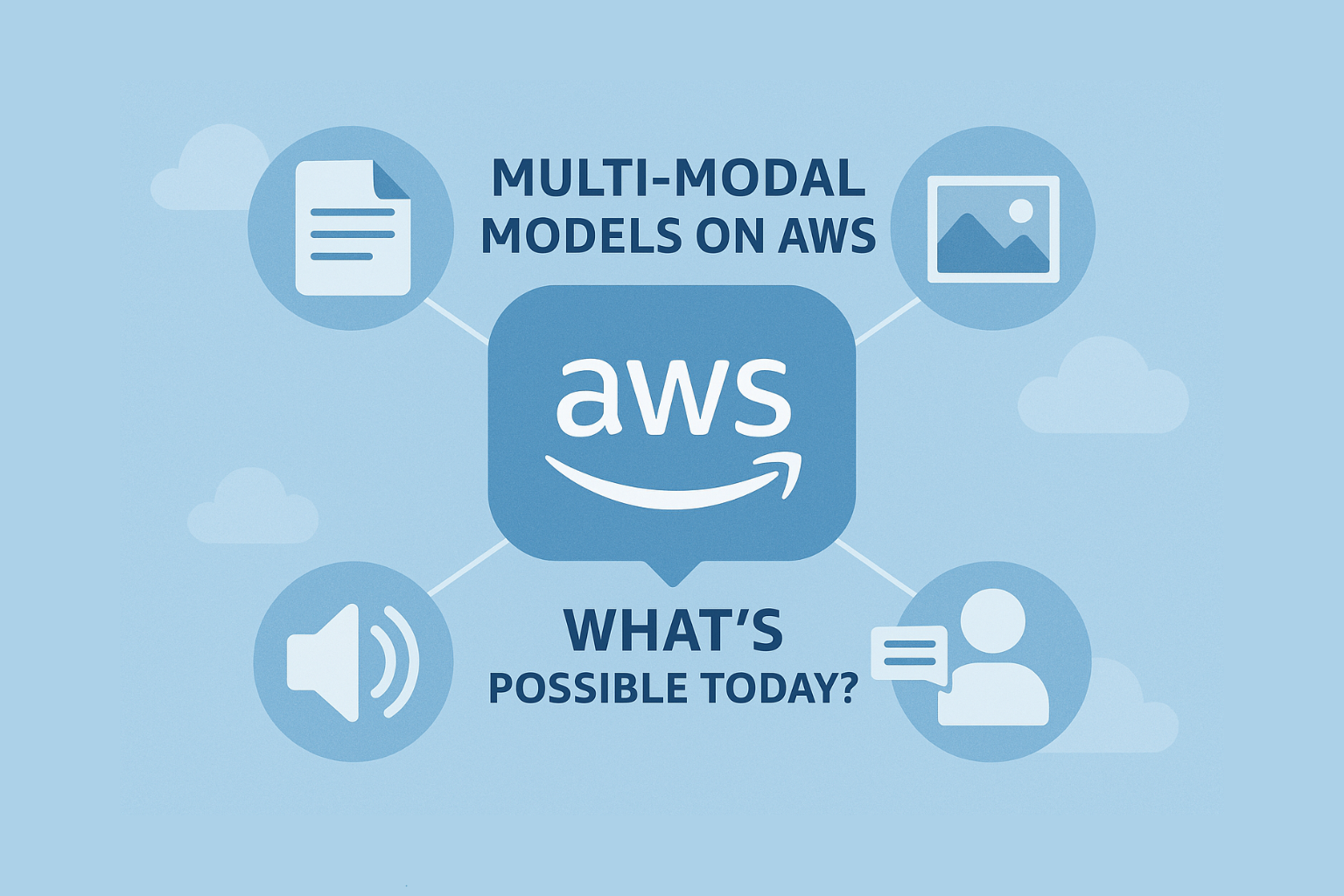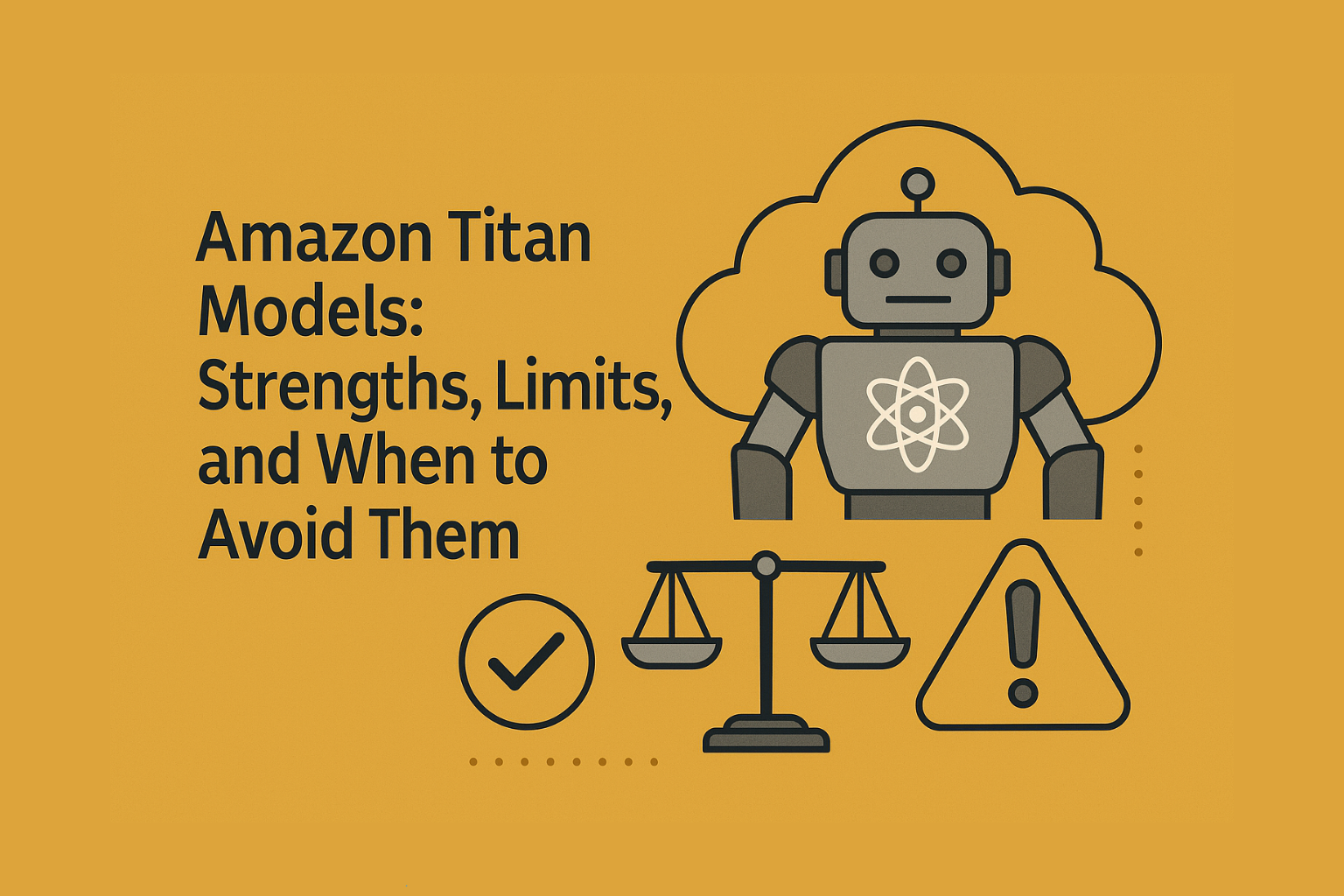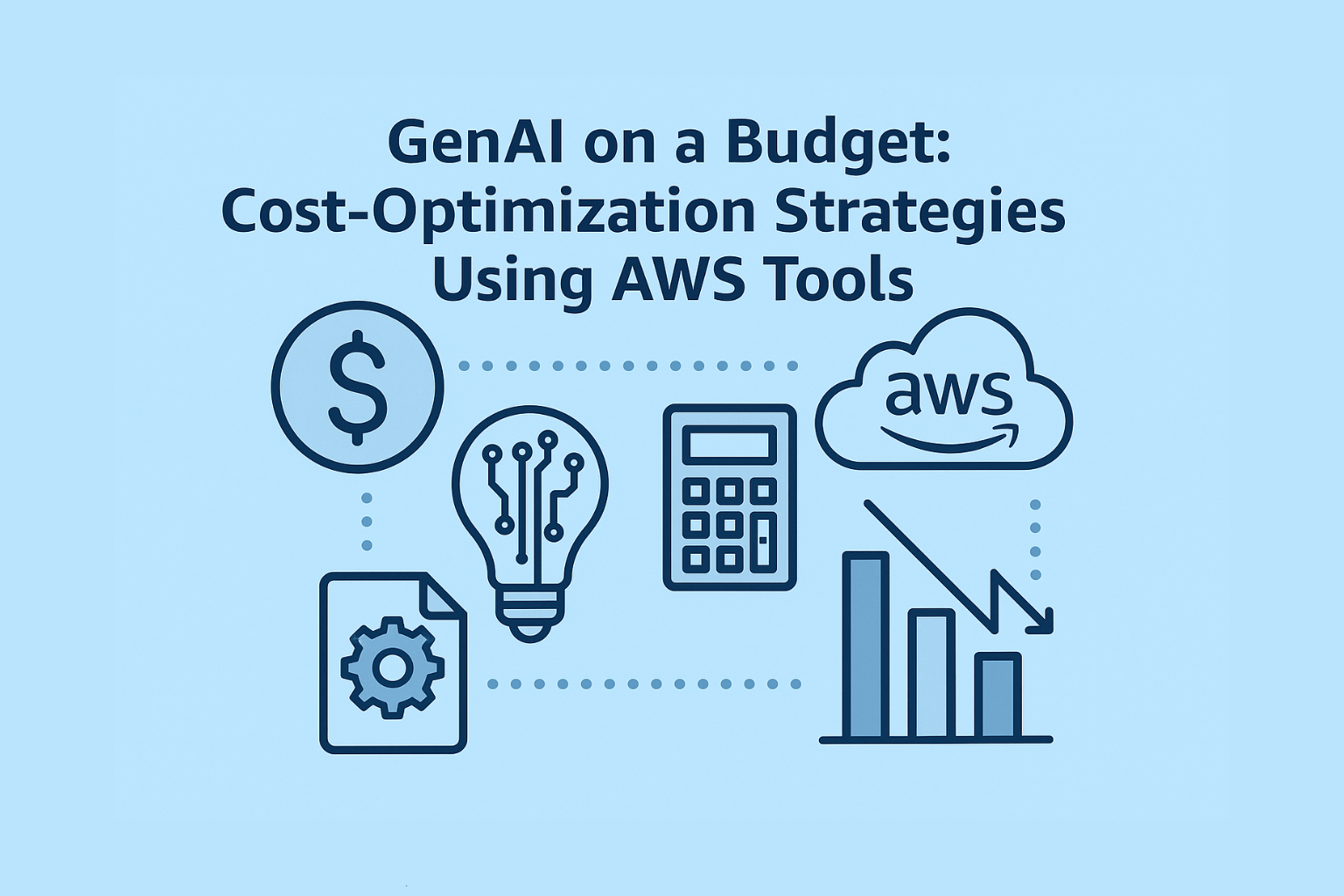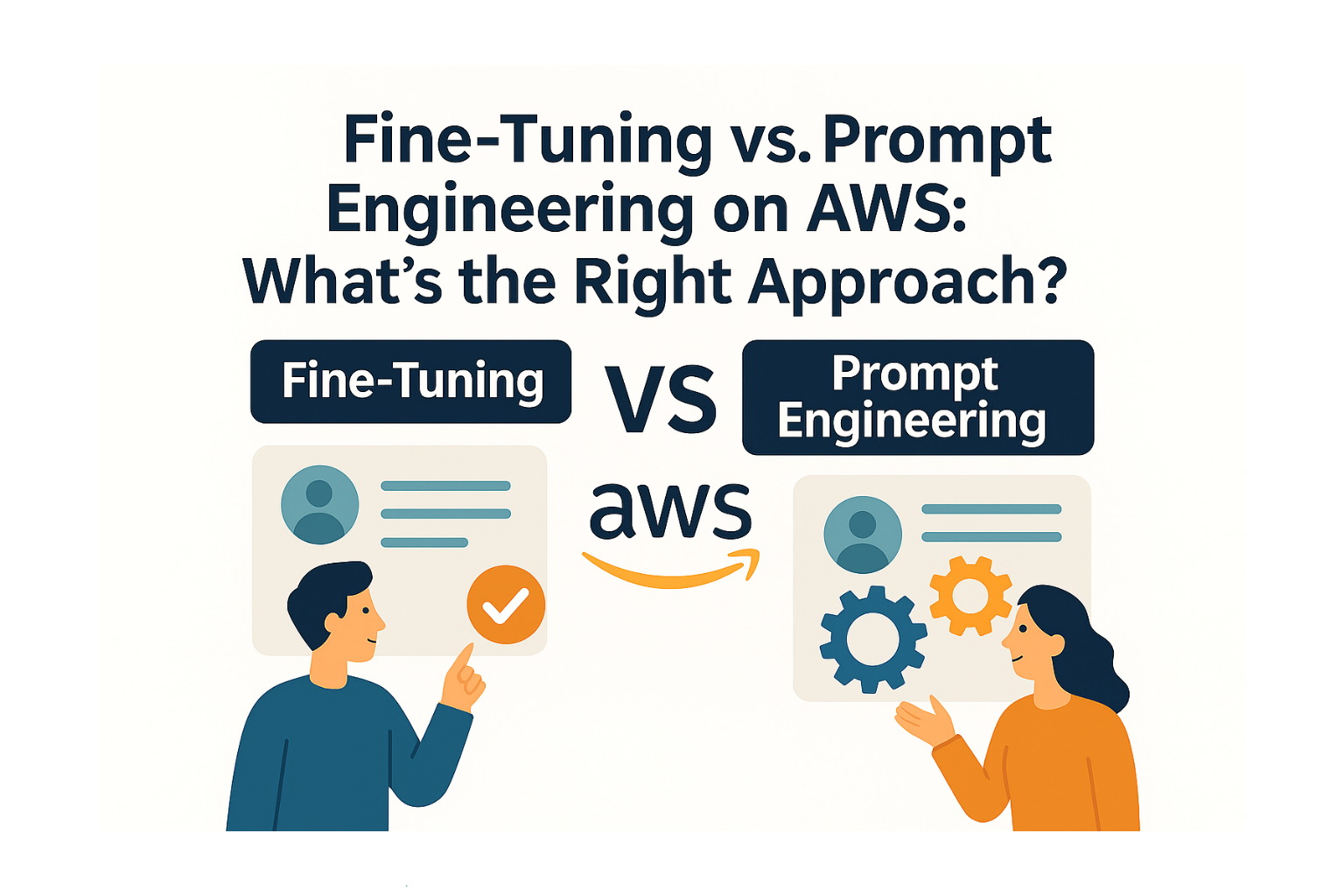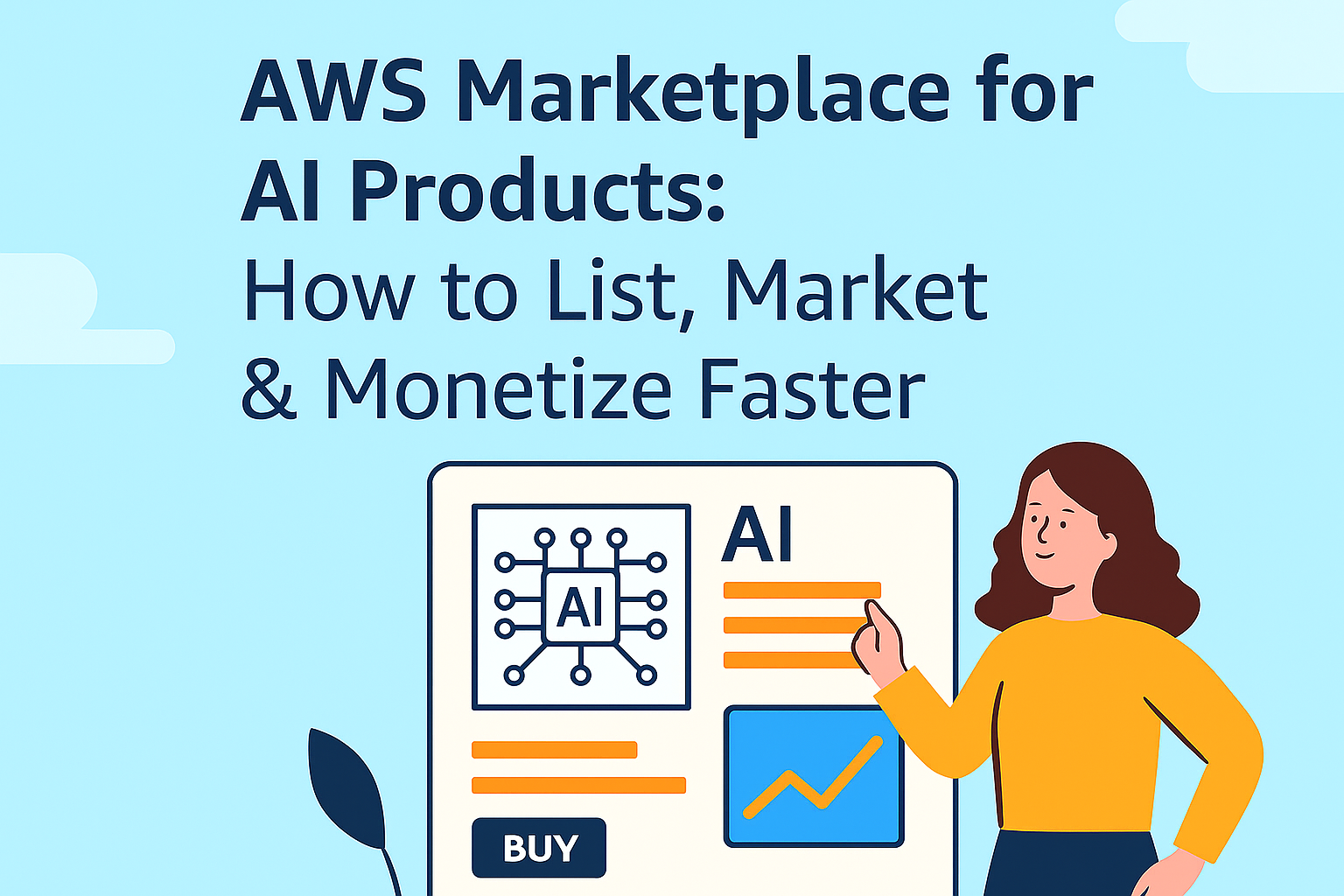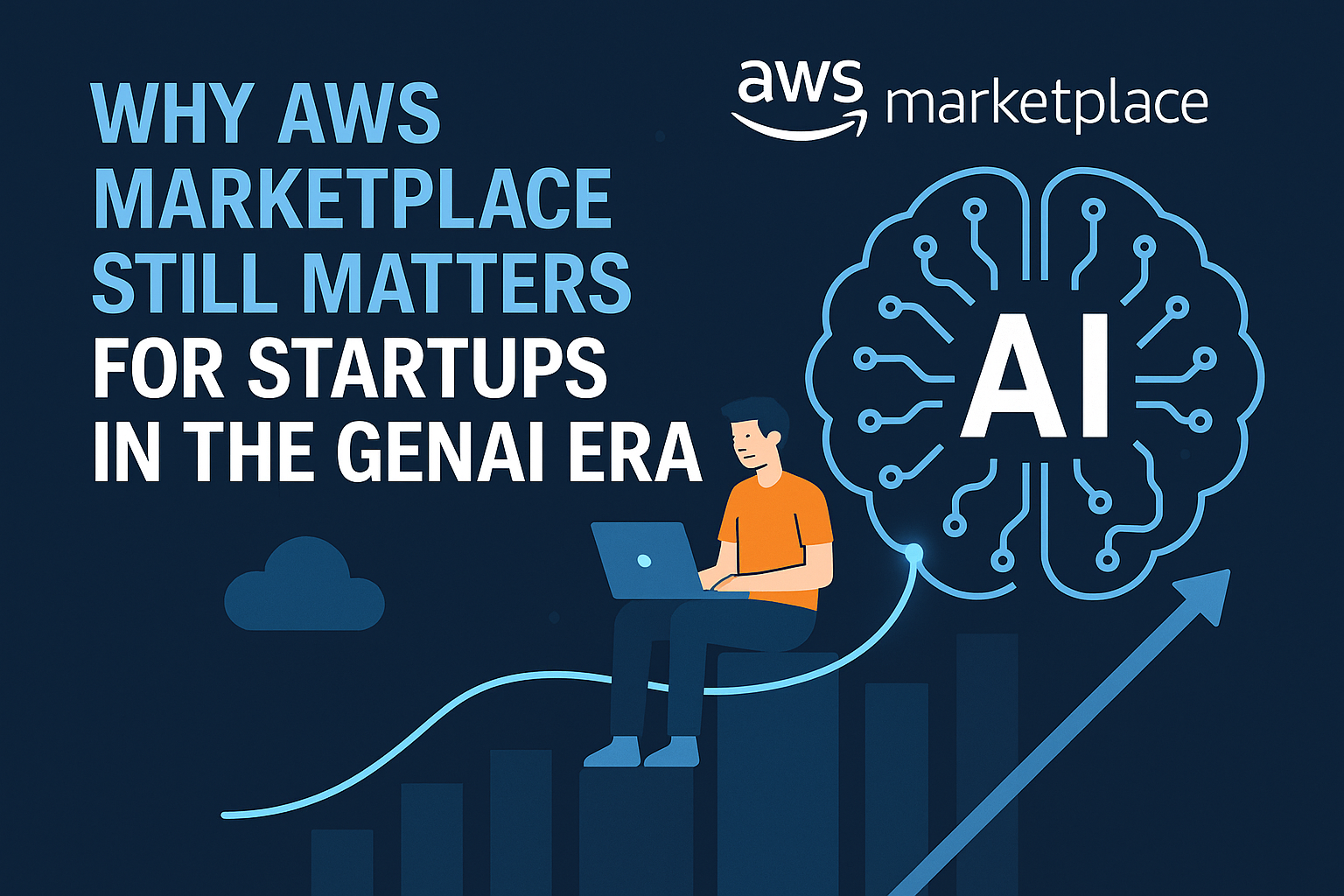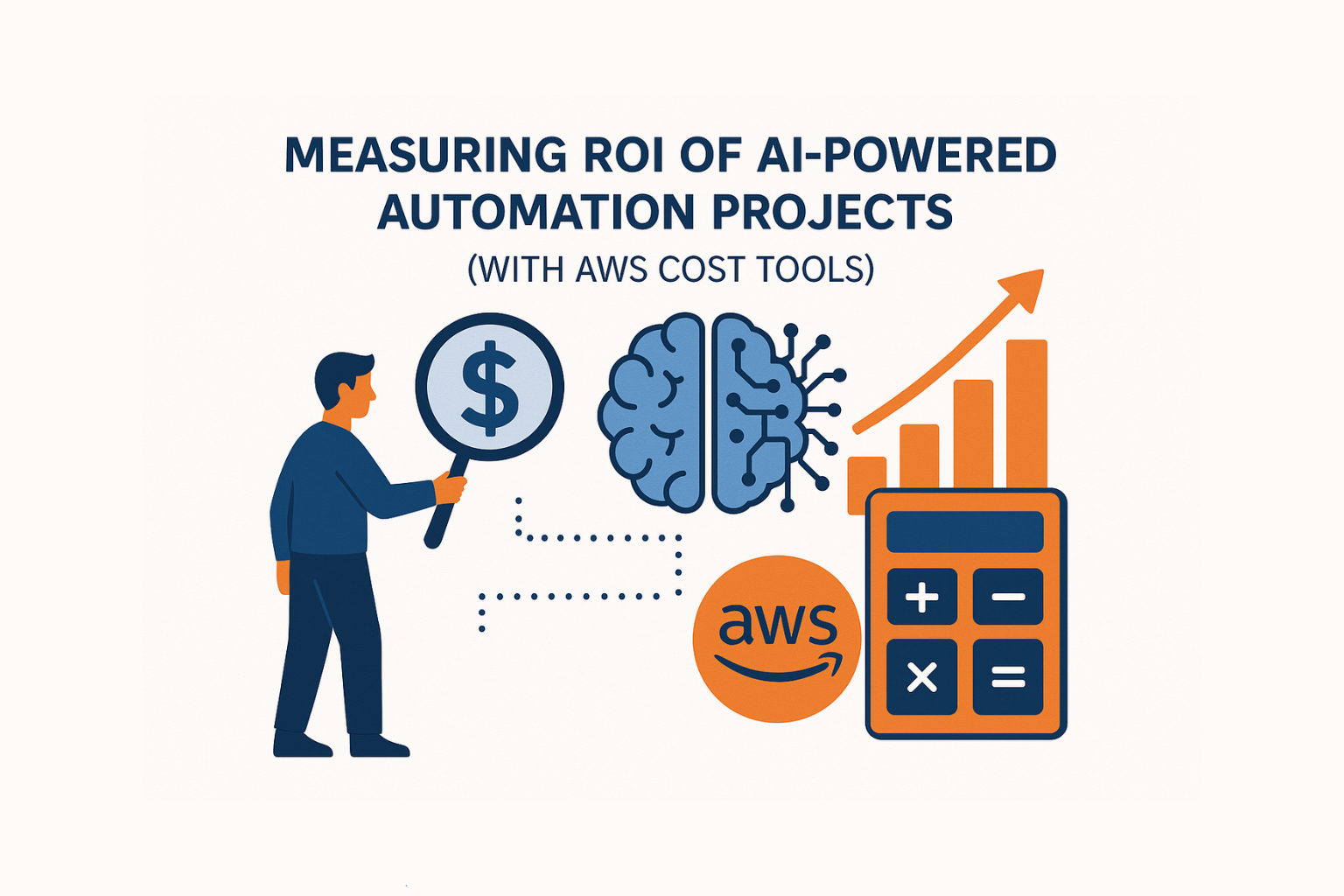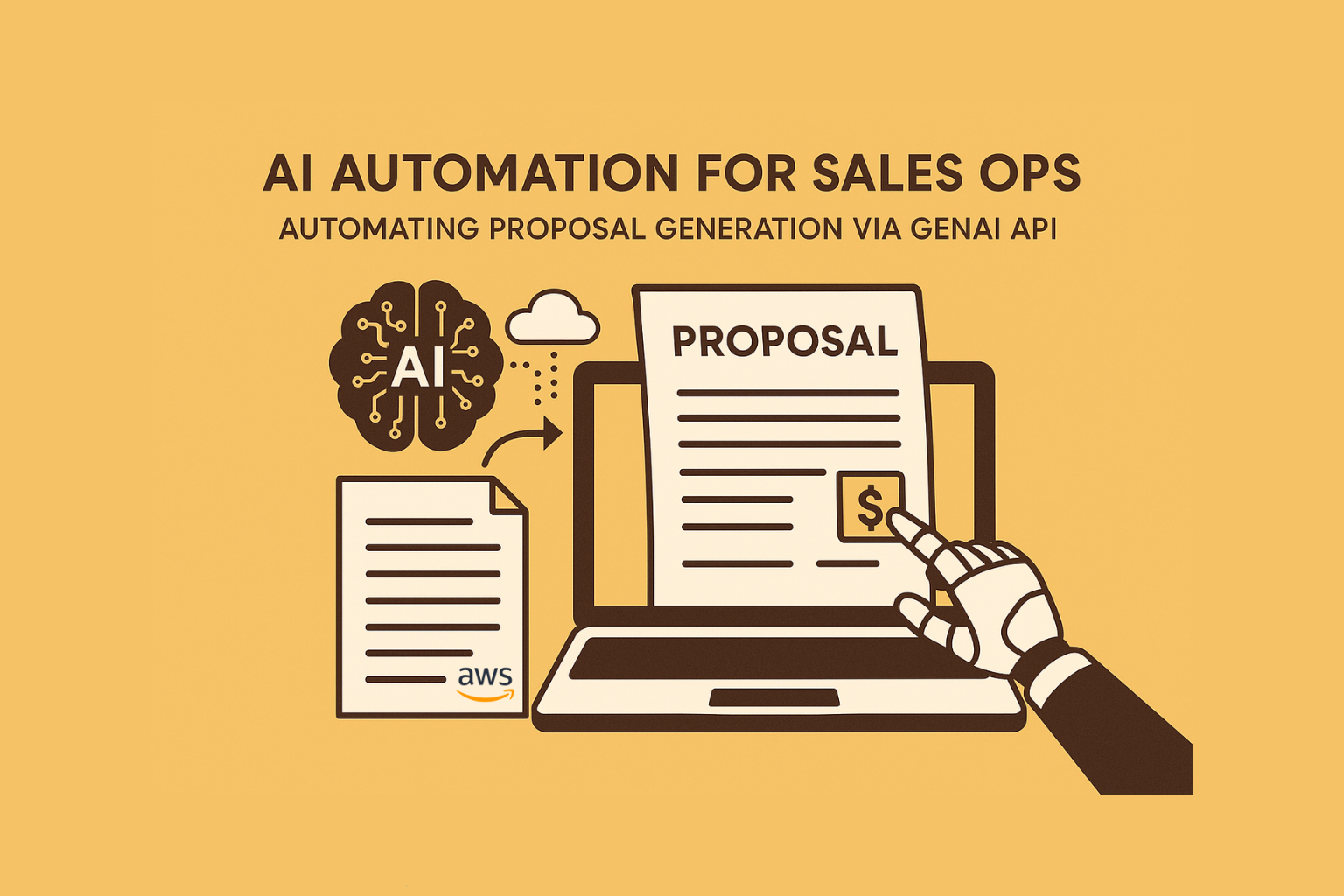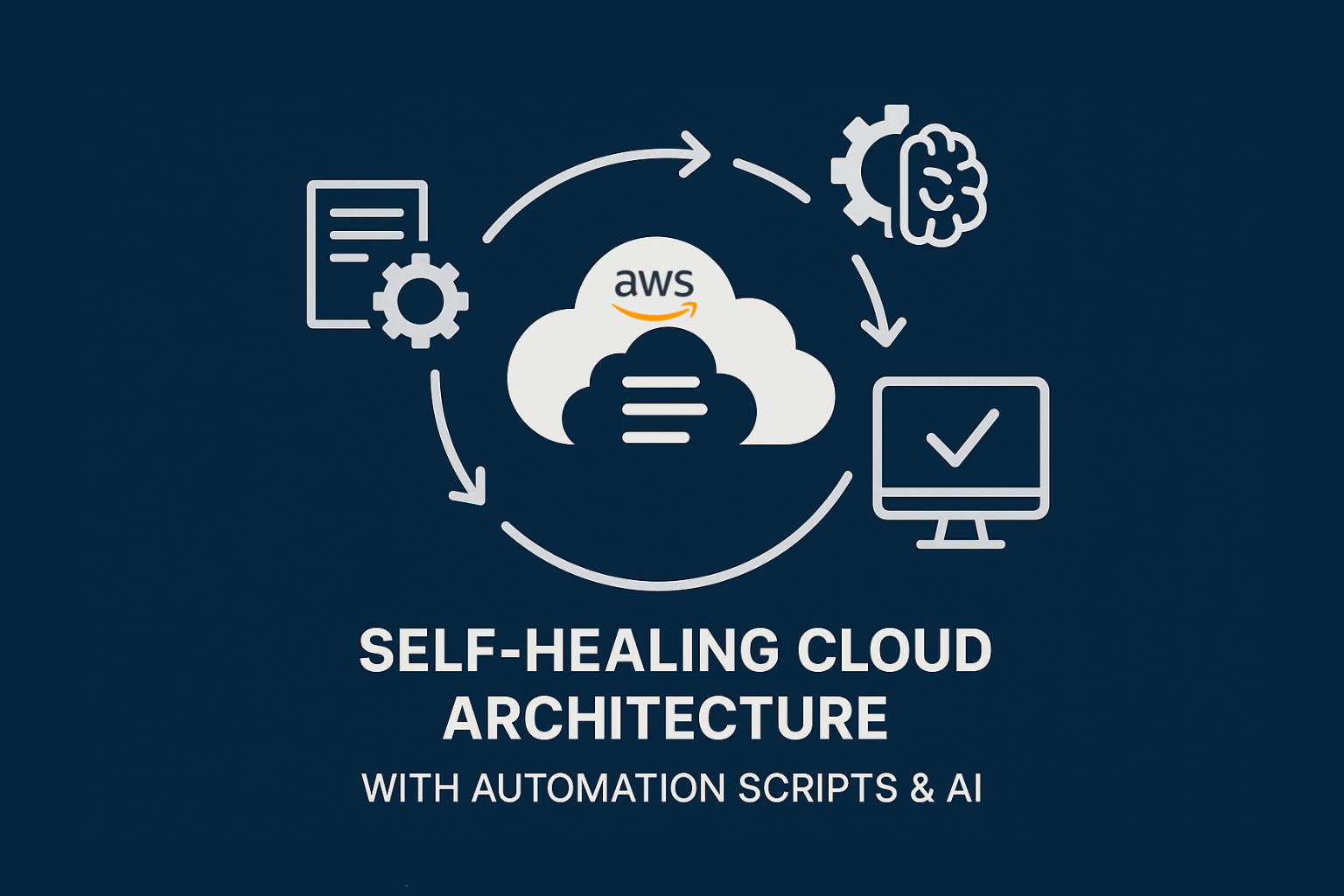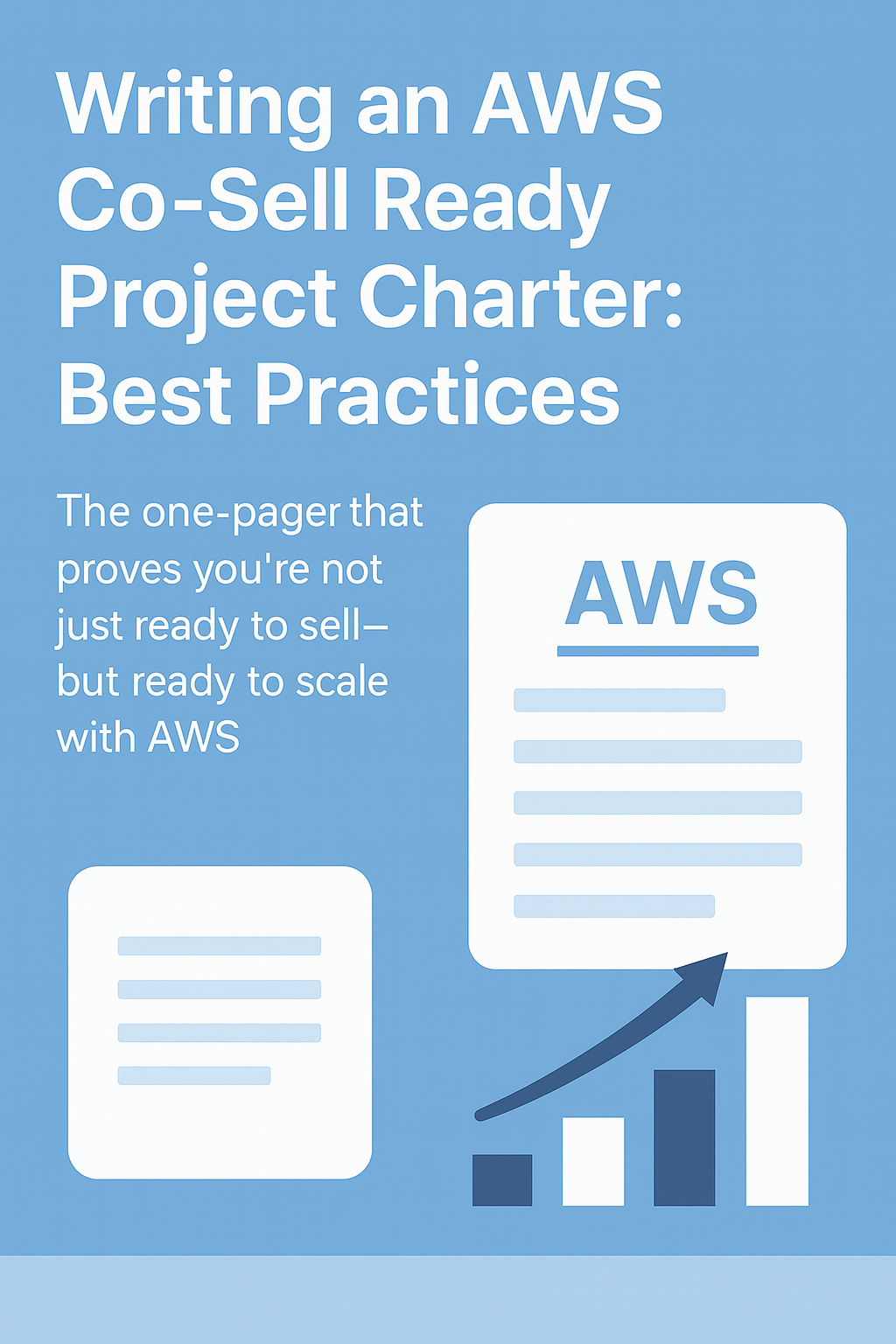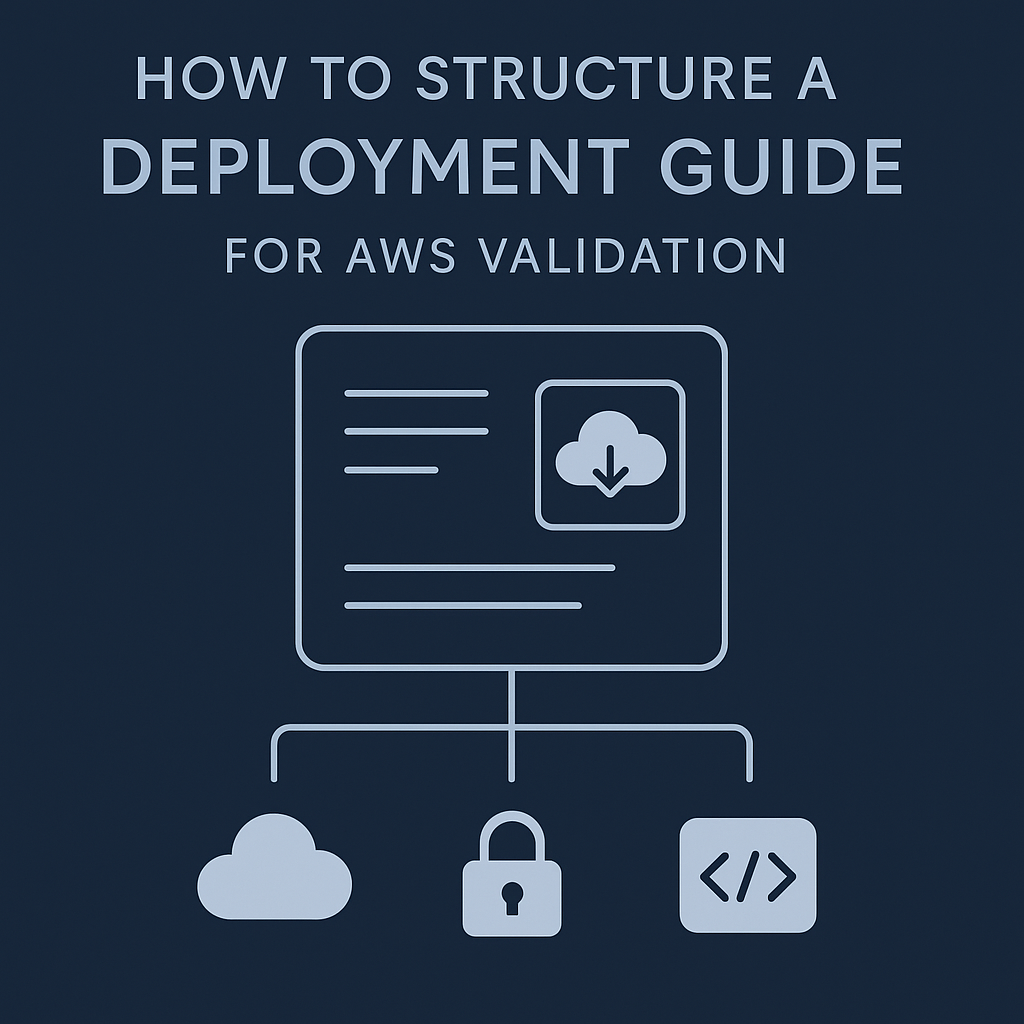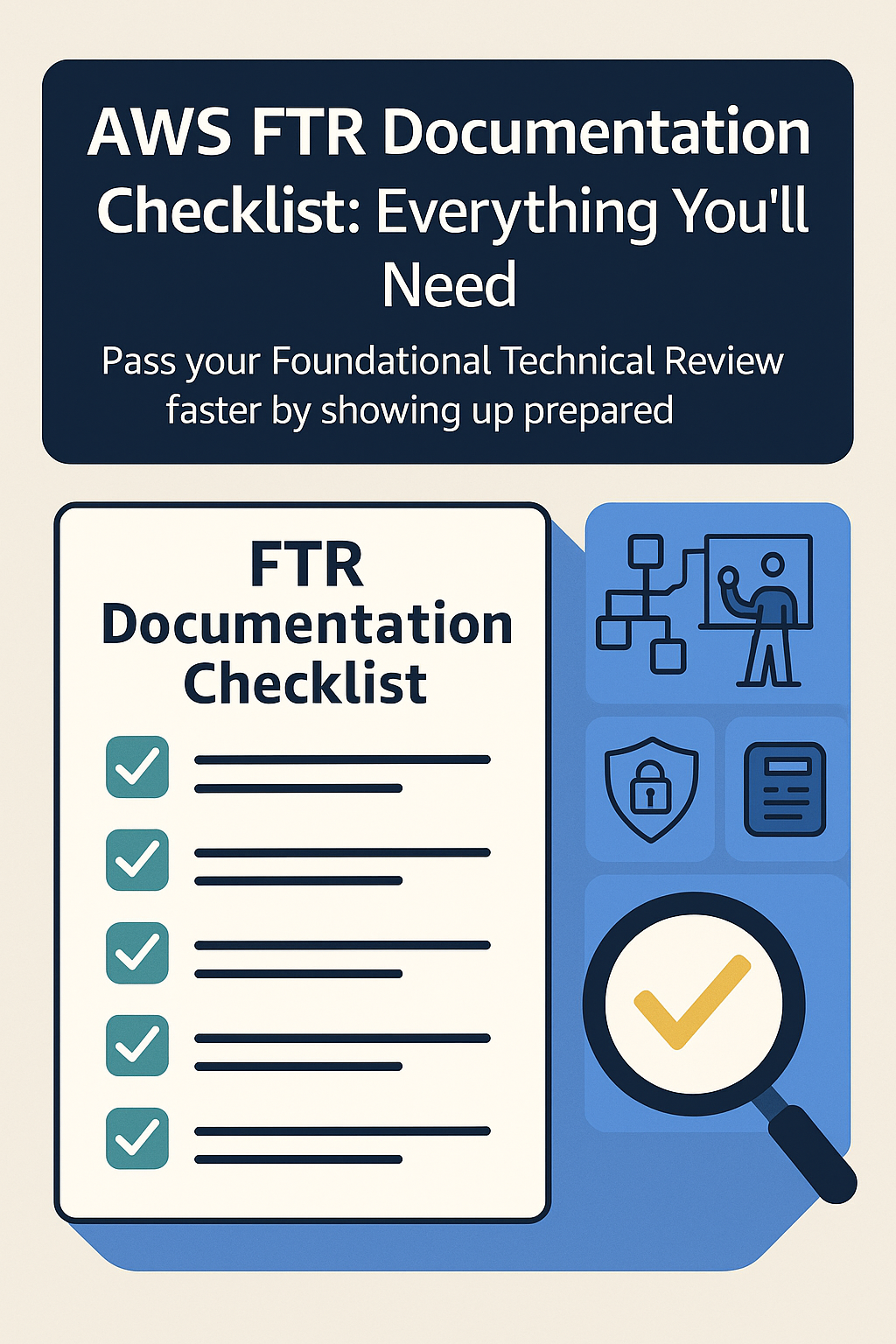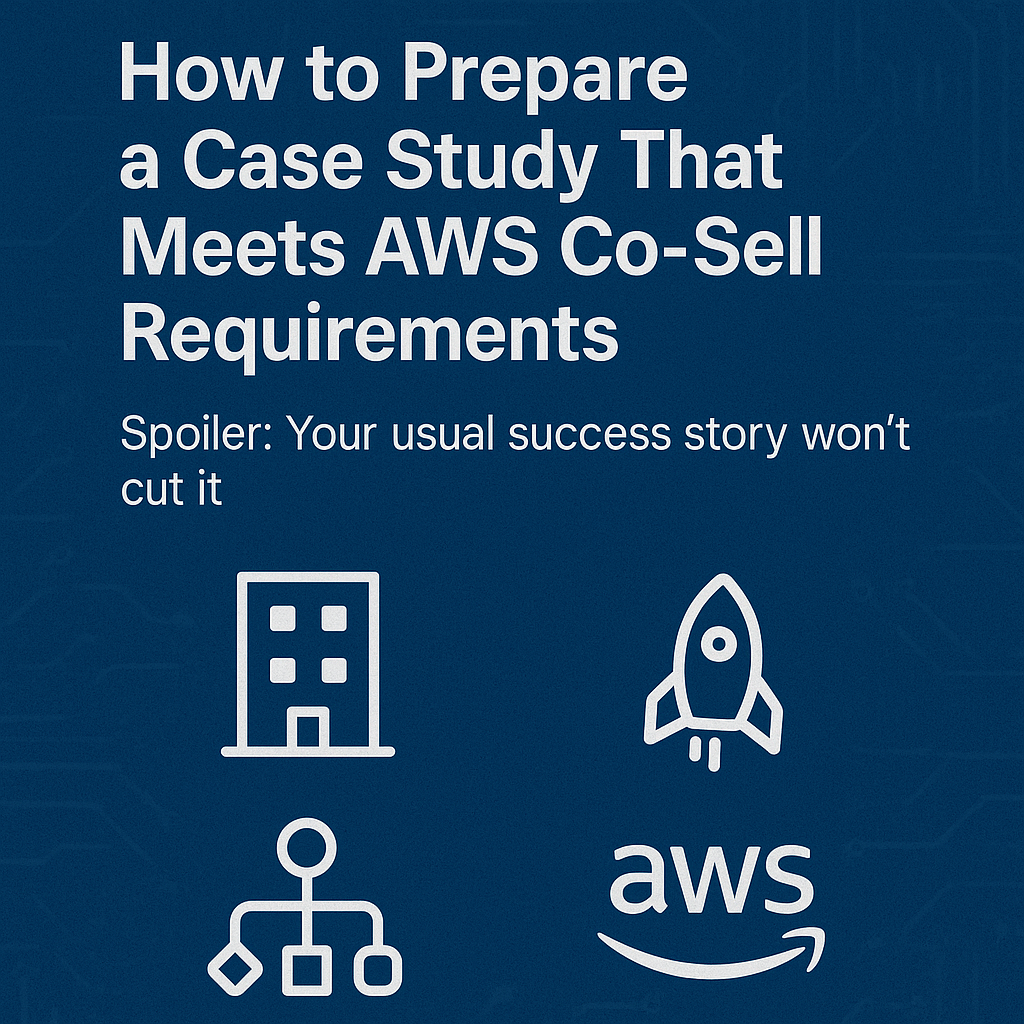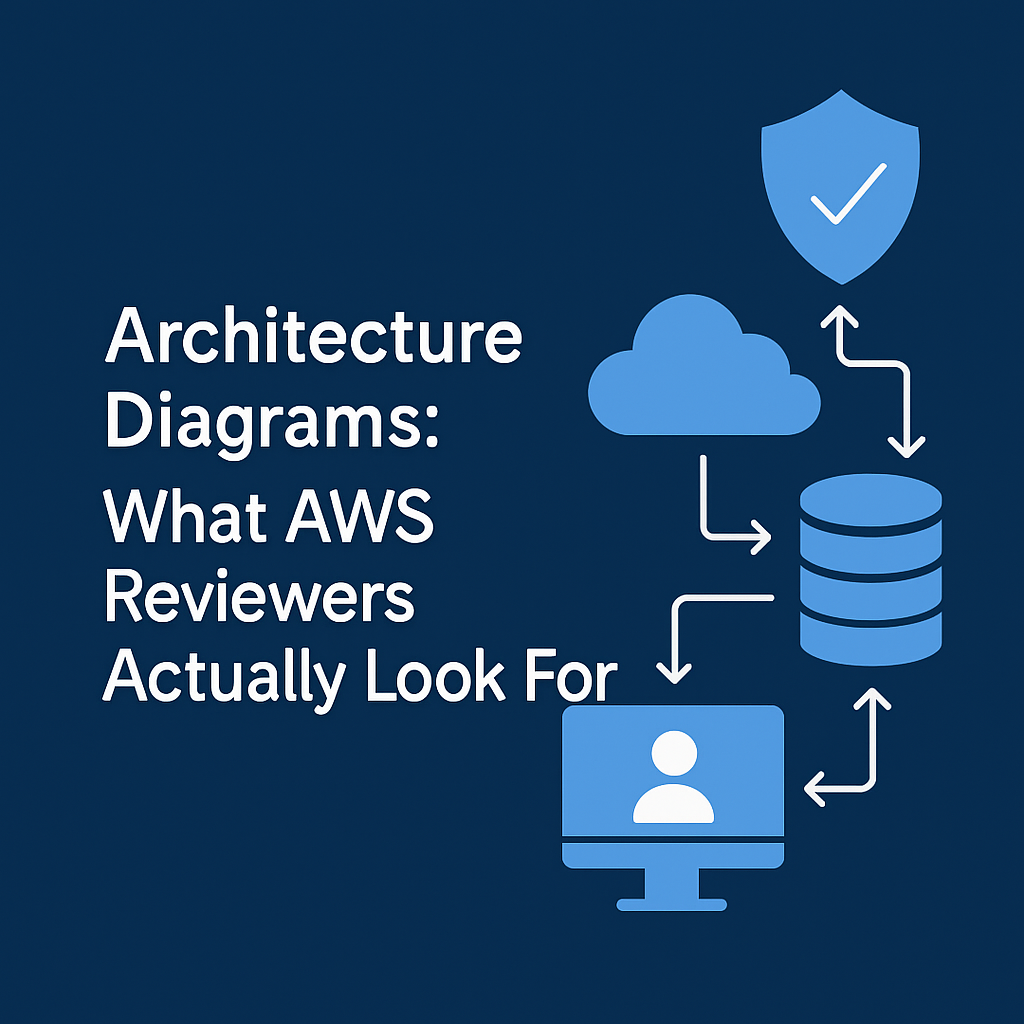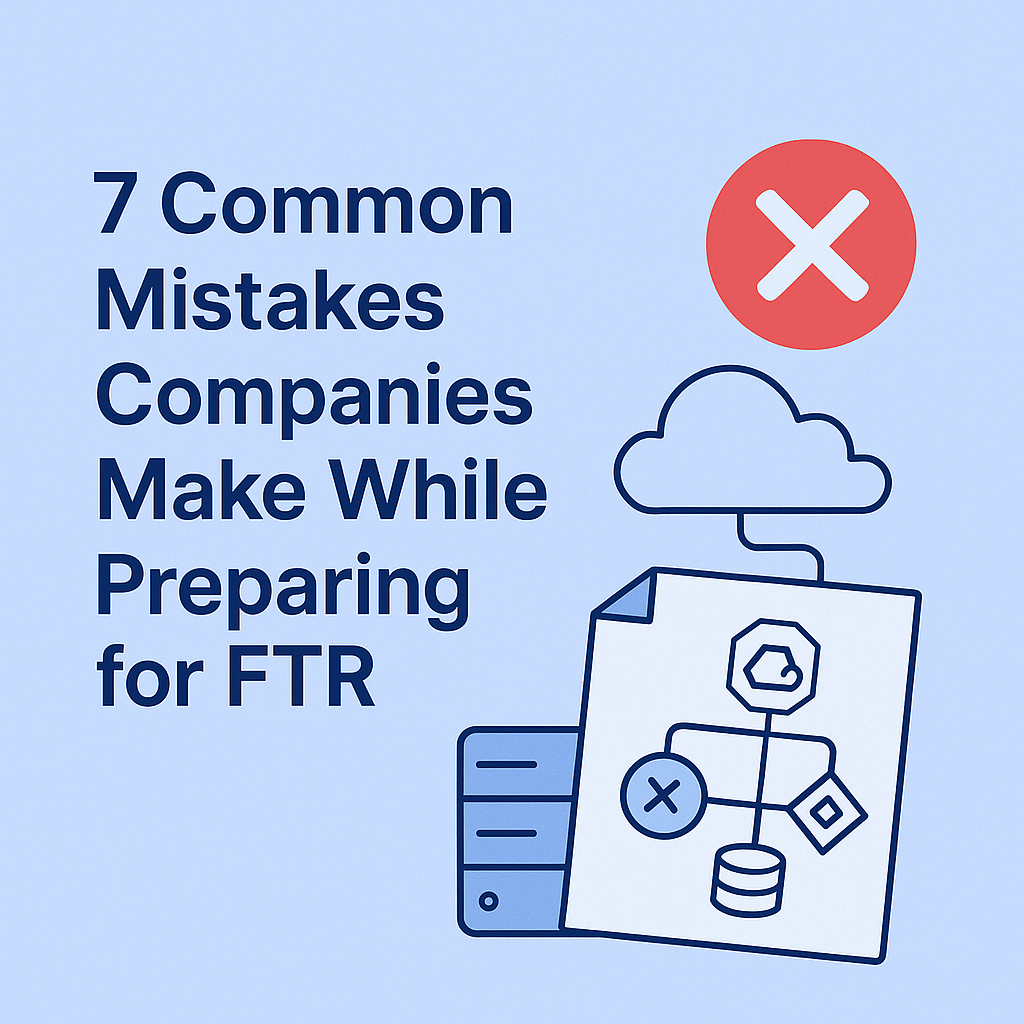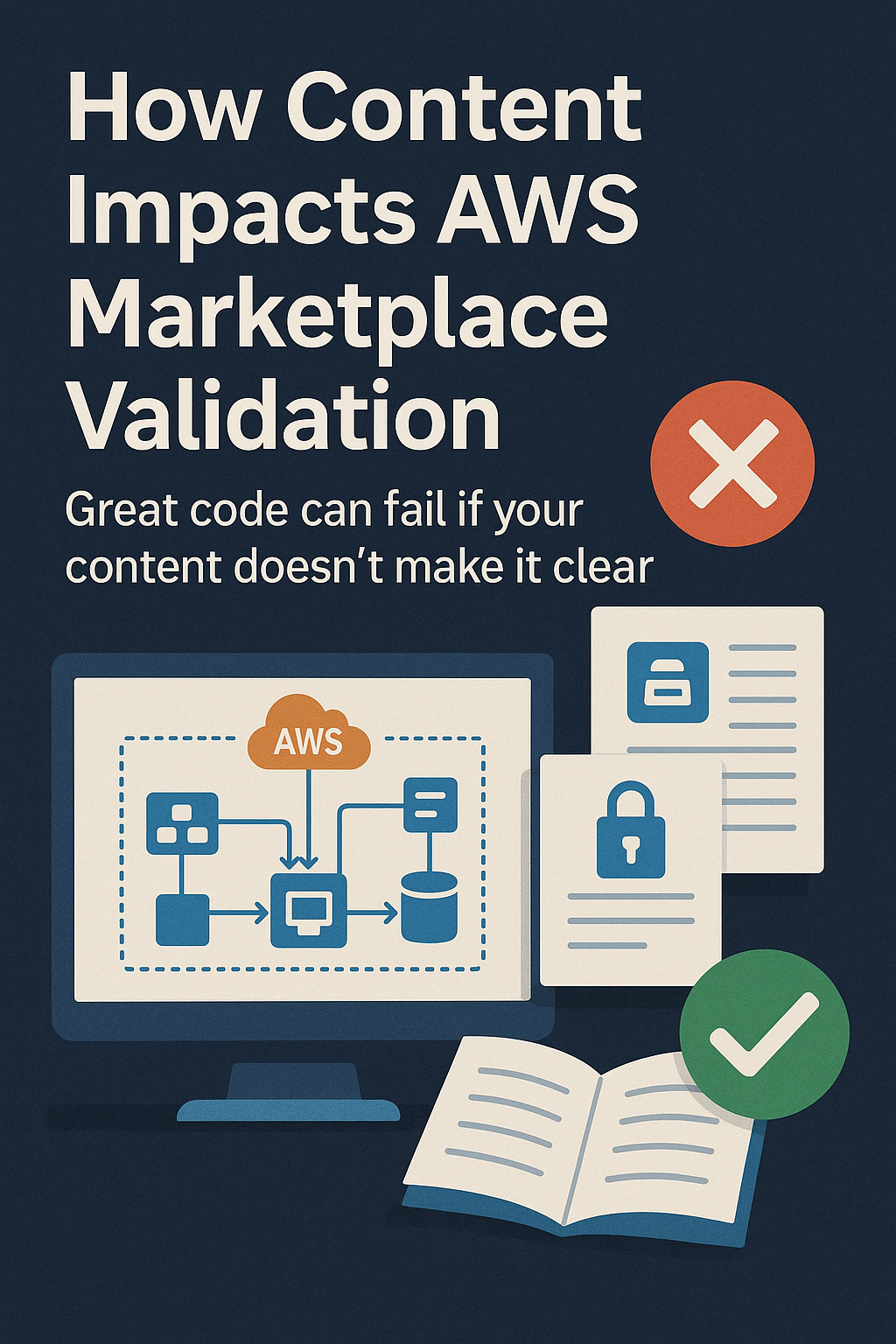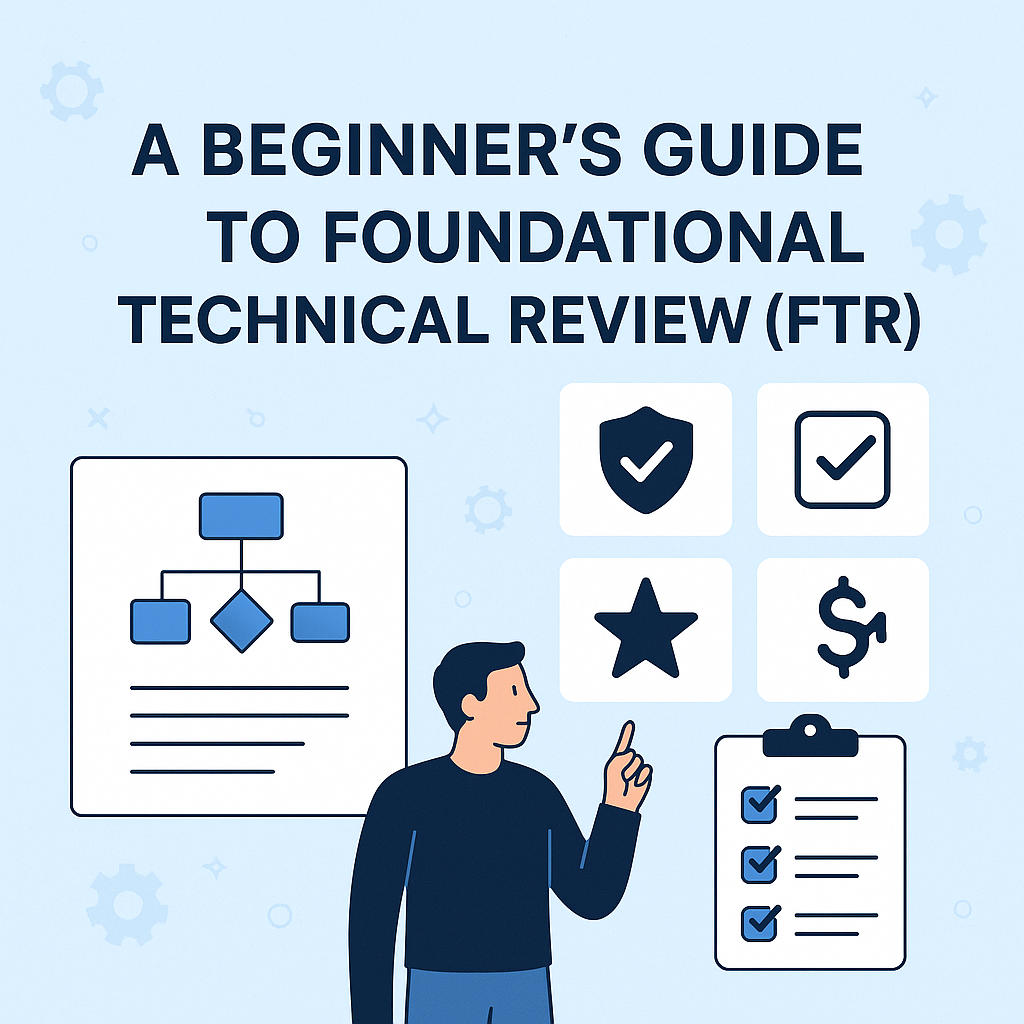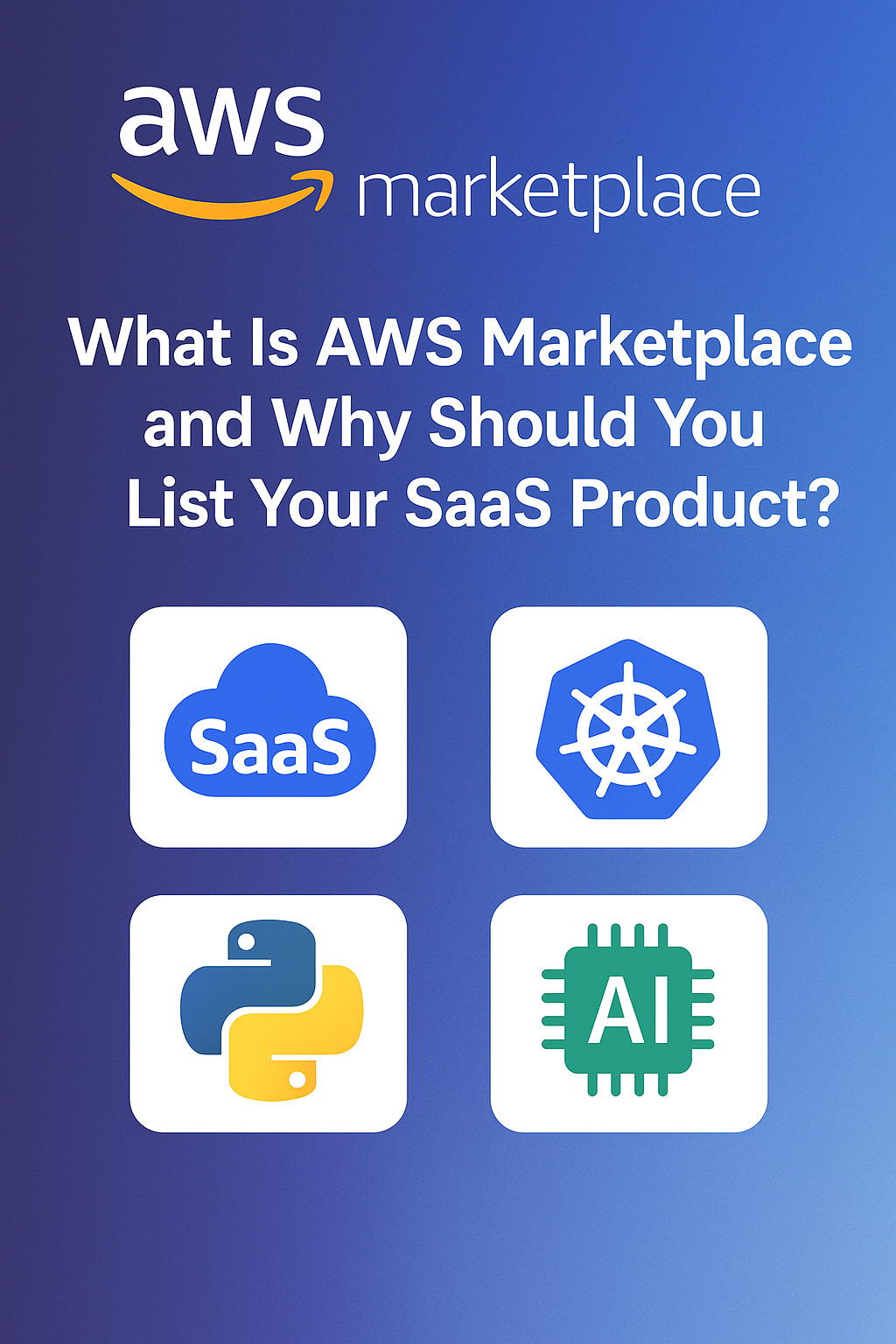Introduction
In the age of GenAI, automation is no longer just about replacing human effort—it’s about enhancing decision-making, injecting intelligence into repetitive workflows, and freeing teams from manual bottlenecks.
With AWS Step Functions + Lambda + Bedrock, you can build AI-powered automation pipelines that are not only event-driven but also context-aware, scalable, and enterprise-secure.
This post walks you through how to design and deploy intelligent workflows using these three powerful AWS services.
Why Combine Step Functions, Lambda, and Bedrock?
| Component | Role |
|---|---|
| AWS Step Functions | Orchestrates business logic with visual workflows and failover control |
| AWS Lambda | Executes code snippets to handle transformation, routing, and GenAI interactions |
| Amazon Bedrock | Injects intelligence (classification, summarization, response generation) into automation logic |
The trio lets you automate smart tasks, not just robotic ones.
Example Use Case: Smart Ticket Routing for Support Teams
Problem:
Support teams spend time manually reading, classifying, and routing tickets. Many are repetitive (FAQs, known bugs, basic how-tos).
Goal:
Auto-classify tickets using an LLM and route them to the right queue or reply with a GenAI-generated message.
Architecture Overview
- Ticket submitted
- Step Function triggered
- Lambda: extract + clean text
- Bedrock: classify intent, urgency, tone
- Step Function: decide routing
- Lambda: notify/respond/create ticket
Step-by-Step Workflow
- Trigger
Via API Gateway or app event → Start Step Function - First Lambda: Preprocessing
- Extract metadata
- Strip HTML / sensitive info
- Format input for LLM
- Bedrock via Lambda
- Prompt to classify ticket
- Claude/Titan returns structured output (JSON): topic, urgency, sentiment, reply
- Routing Logic in Step Functions
- Billing + high urgency → escalate
- FAQ + low urgency → auto-reply
- Negative tone → senior agent
- Follow-up Lambda Actions
- Send Slack/email
- Respond via SES/SNS
- Create ticket in CRM
Tooling Stack
| Task | AWS Service |
|---|---|
| Workflow engine | Step Functions |
| Code execution | Lambda |
| GenAI prompts | Bedrock |
| Logs & monitoring | CloudWatch |
| Storage | S3 / DynamoDB |
| API trigger | API Gateway |
Security Practices
- Least-privilege IAM for each Lambda
- Encrypt logs and payloads (KMS)
- Mask PII before LLM input
- Use VPC endpoints for Bedrock
- Validate all user inputs
Benefits Delivered
| Metric | Impact |
|---|---|
| Avg. triage time | ↓ 80% |
| Auto-replied tickets | 40% of total |
| SLA compliance | ↑ 25% |
| Agent satisfaction | Improved |
| Customer experience | Faster, consistent replies |
Why This Works So Well
- Step Functions manage state, errors, and logic
- Lambda makes it event-driven and scalable
- Bedrock adds true AI reasoning to decisions
Other Use Cases to Automate
- HR: Route employee queries
- Legal: Classify contracts, escalate risks
- Sales: Score leads from inquiry tone
- IT: Summarize logs, trigger remediation
- Finance: Flag anomalies in expense claims
Conclusion
With just three AWS services, Step Functions, Lambda, and Bedrock, you can automate intelligent business workflows that previously required human judgment.
The future of workflow automation is not just rule-based. It’s GenAI-driven, feedback-enhanced, and cloud-native.
Start with one process. Inject AI where it makes decisions. And orchestrate it all with the tools AWS already gives you.

